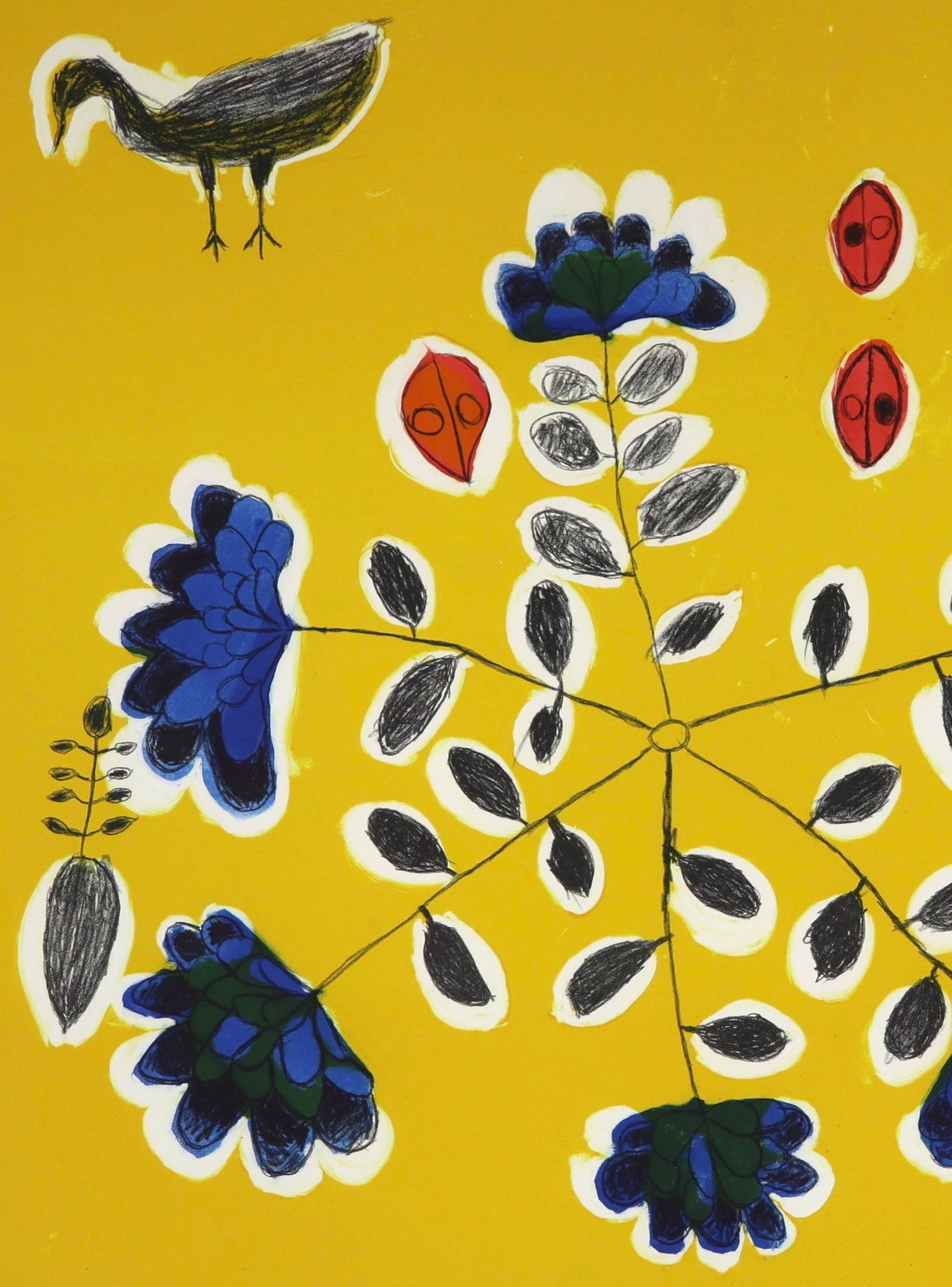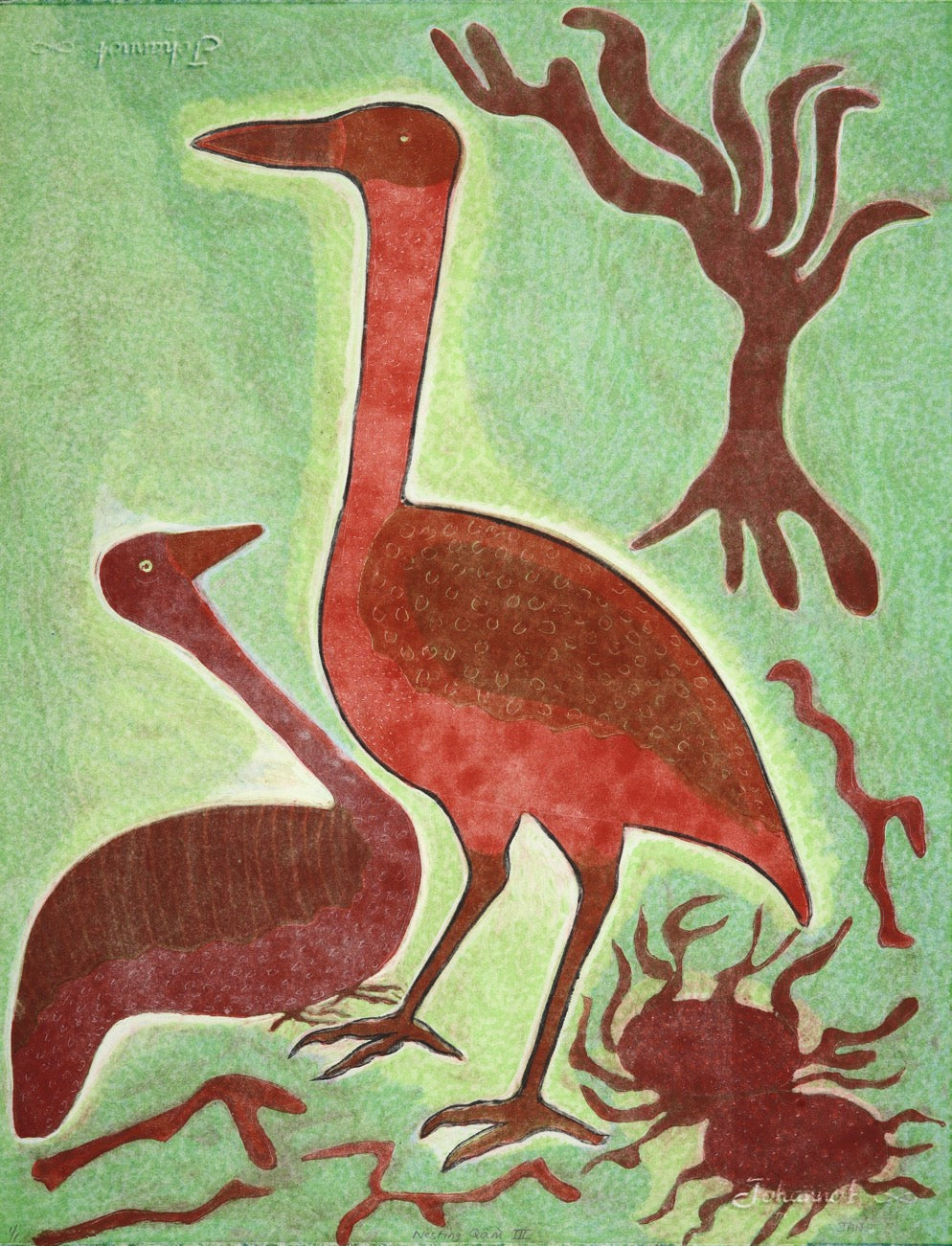Explore hand printed limited edition prints by southern African artists that are printed in our off-grid studio in Mpumalanga
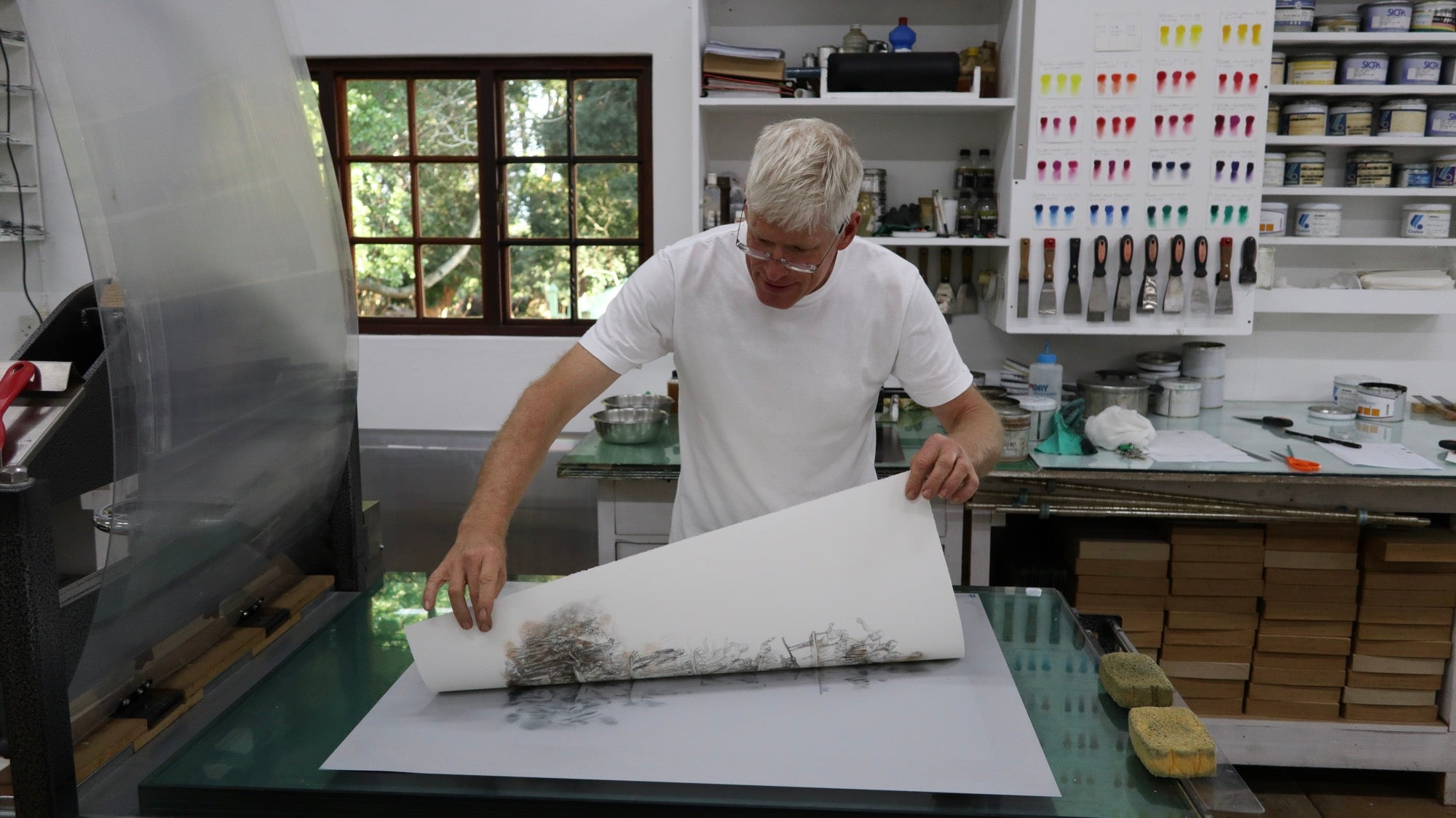
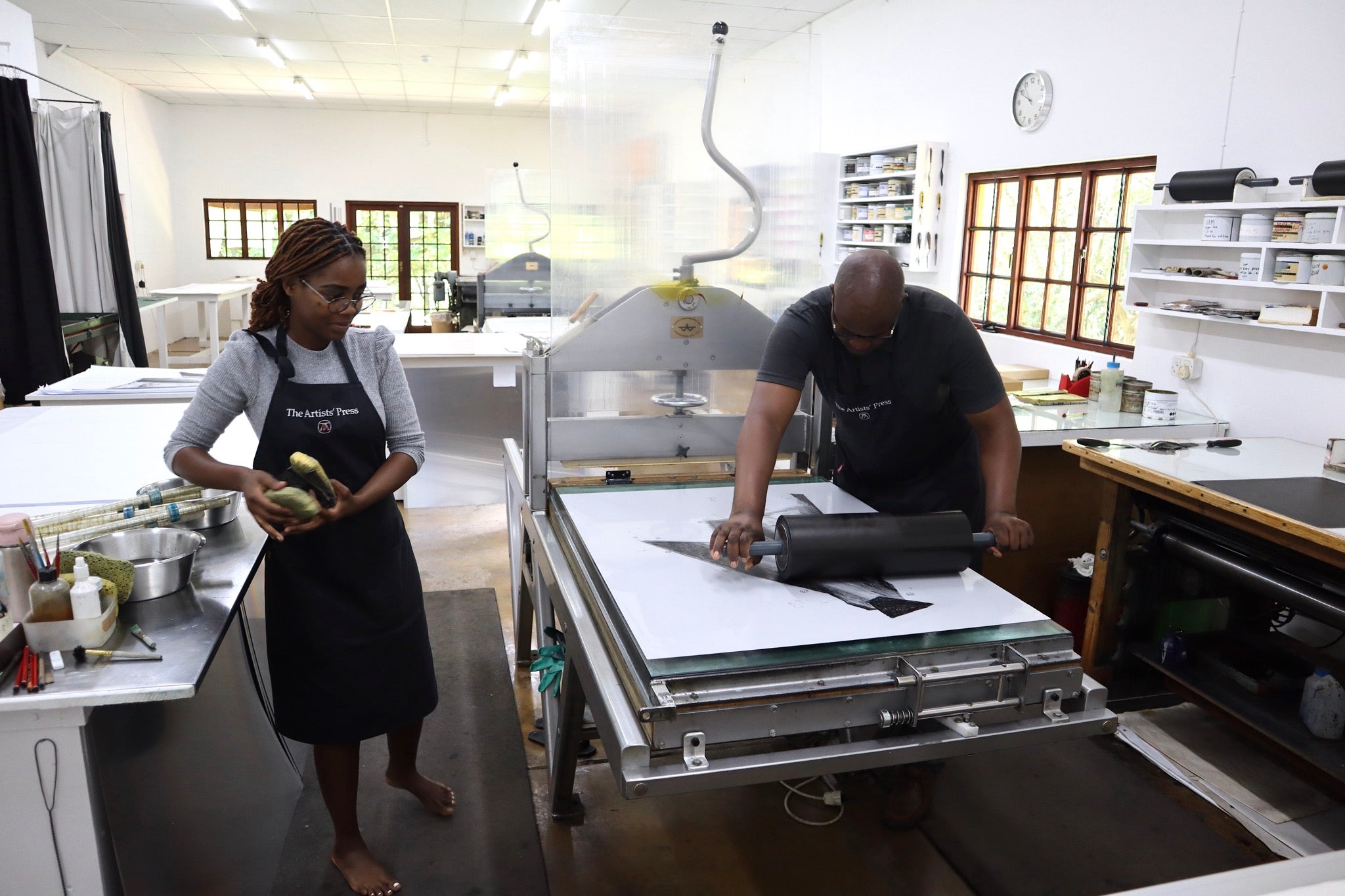
Shop by Artist (listed by surname A-Z)
-
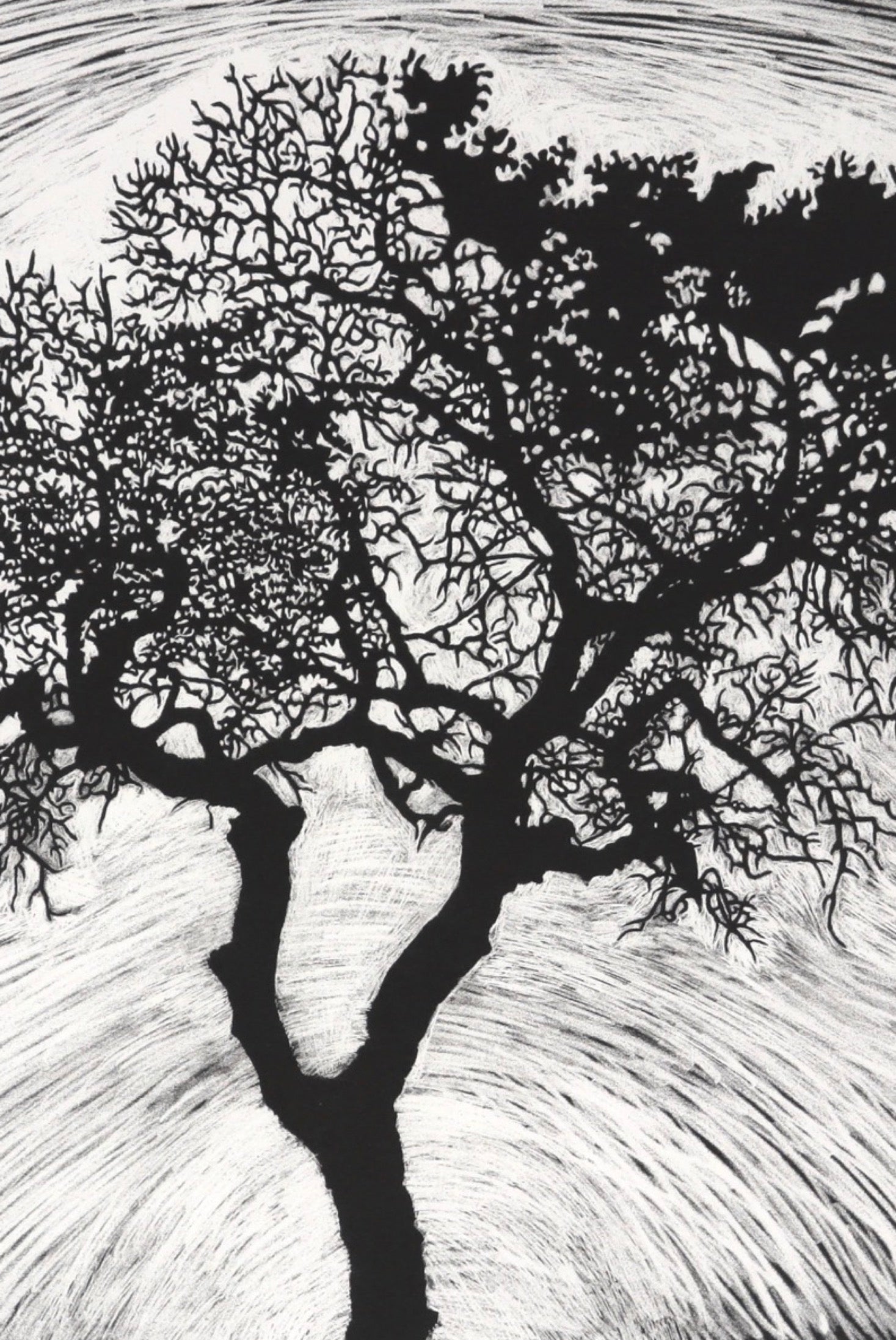
Simon Attwood
Simon Attwood (b.1997) is a young artist interested in the plants, trees,...
-
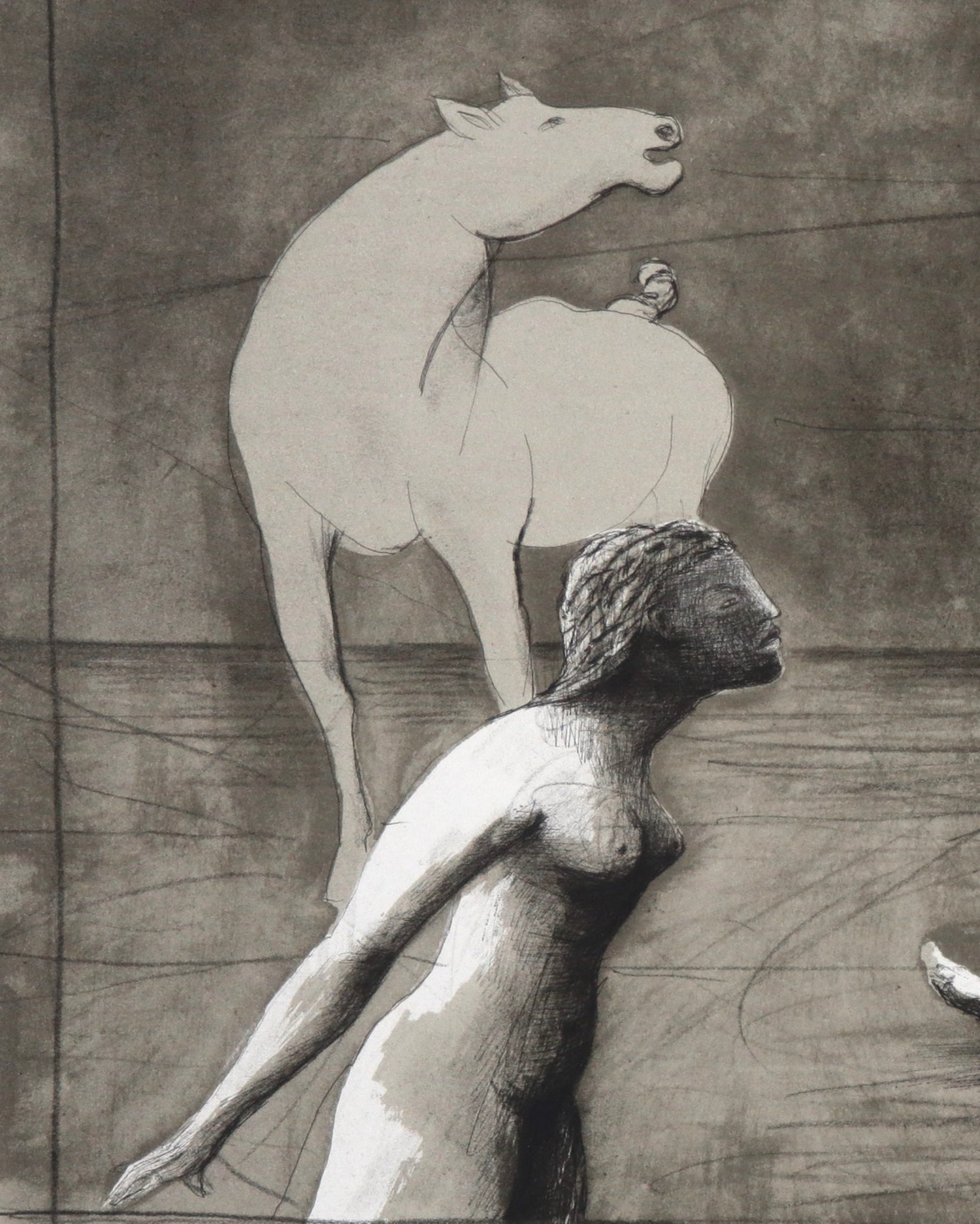
Deborah Bell
Deborah Bell works intensely, submerging herself in the process of lithography as...
-
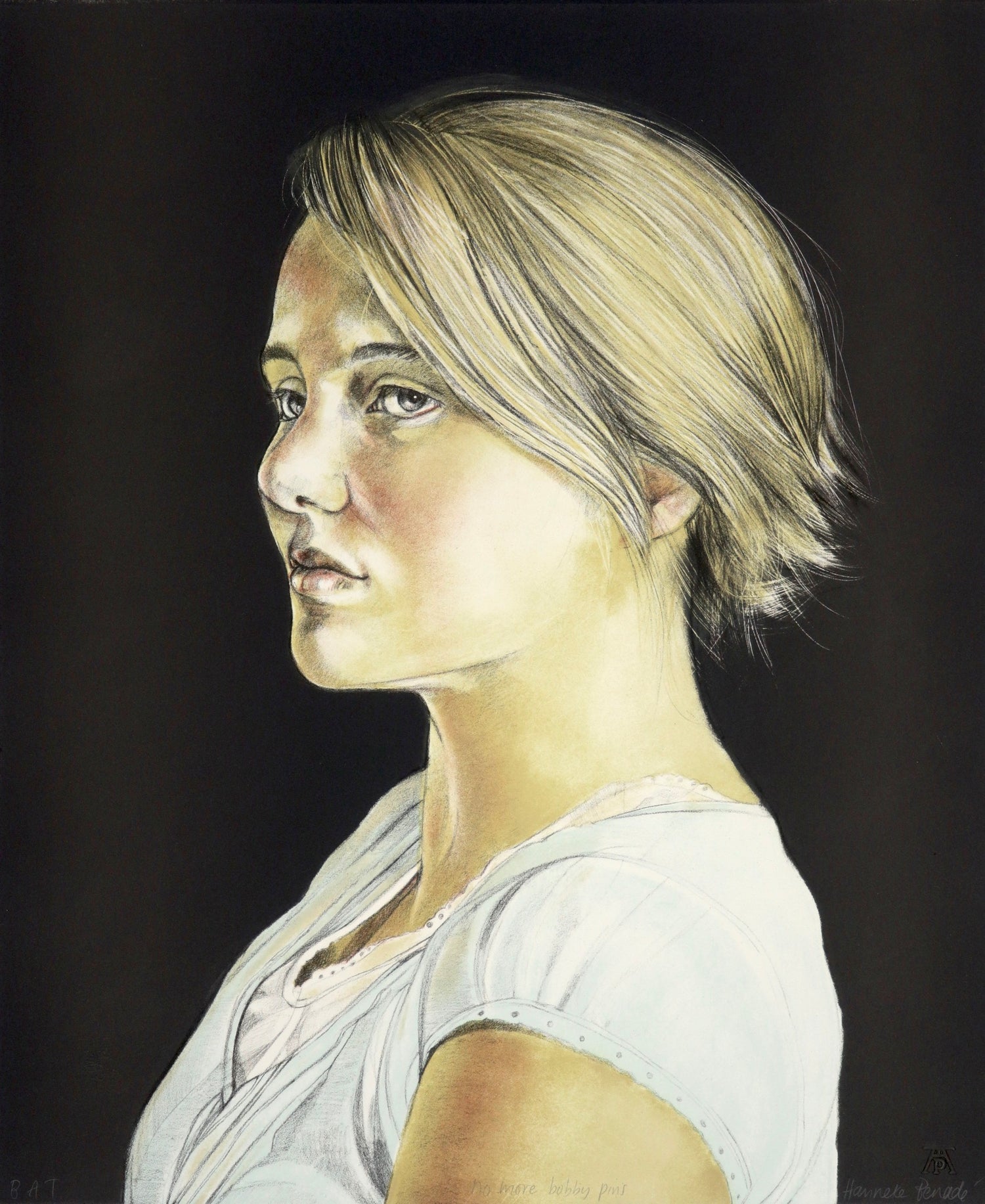
Hanneke Benadé
Hanneke Benadé has an enduring quietness about her. Like a clear pool...
-
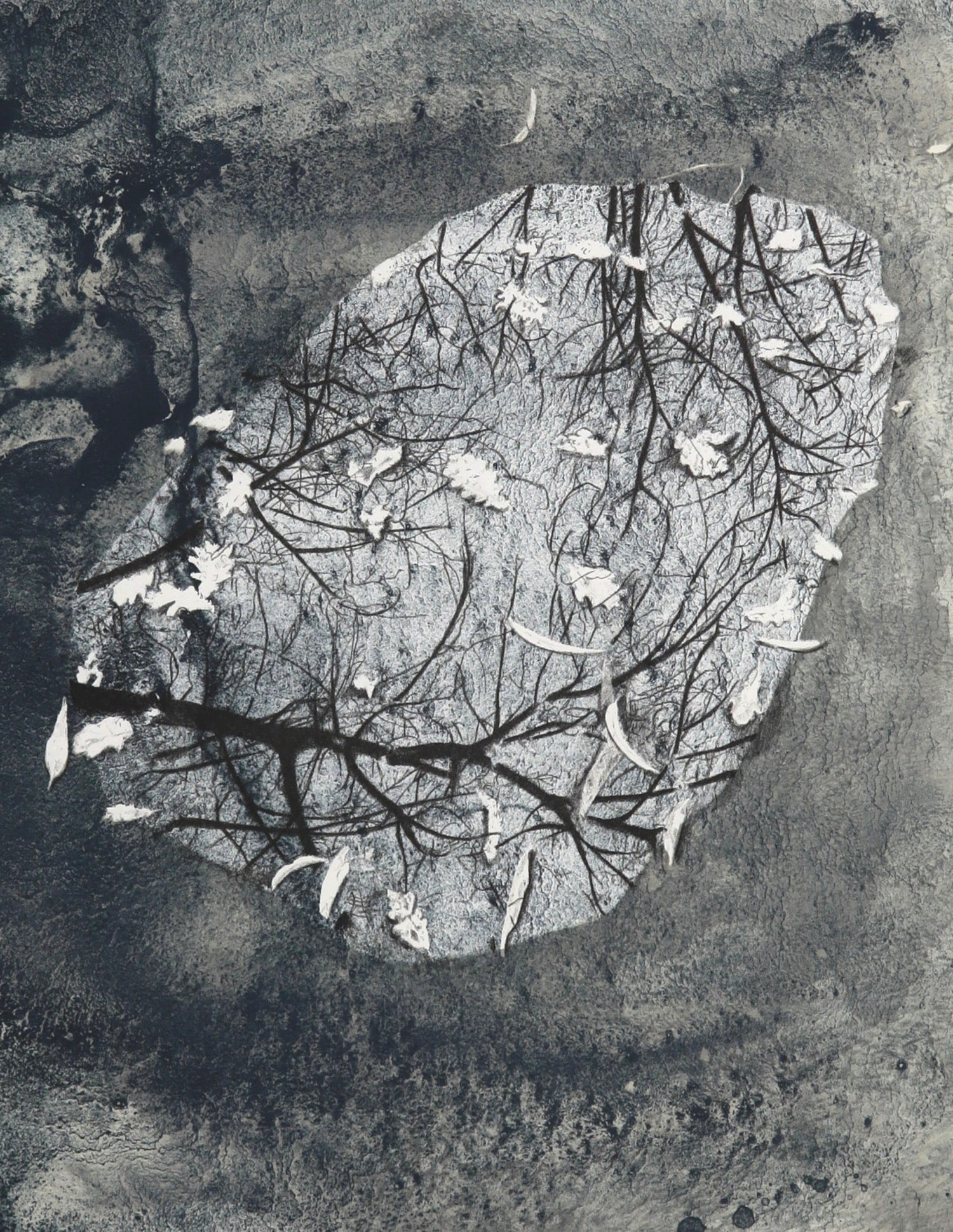
Georgina Berens
Georgina Berens (b.1992) is a printmaker and artist living and working in...
-
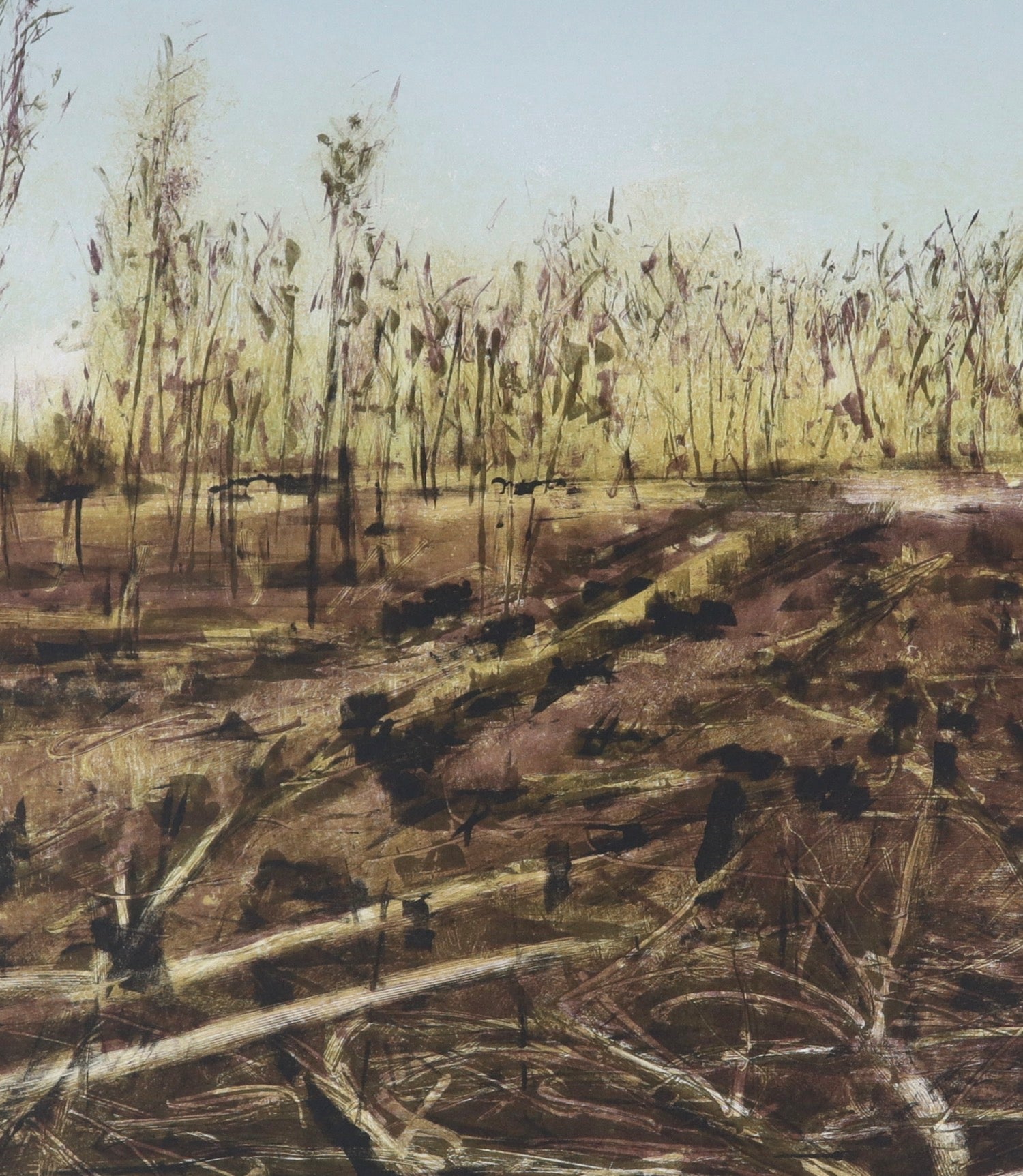
Kim Berman
Kim Berman is a Professor in Visual Art at the University of...
-
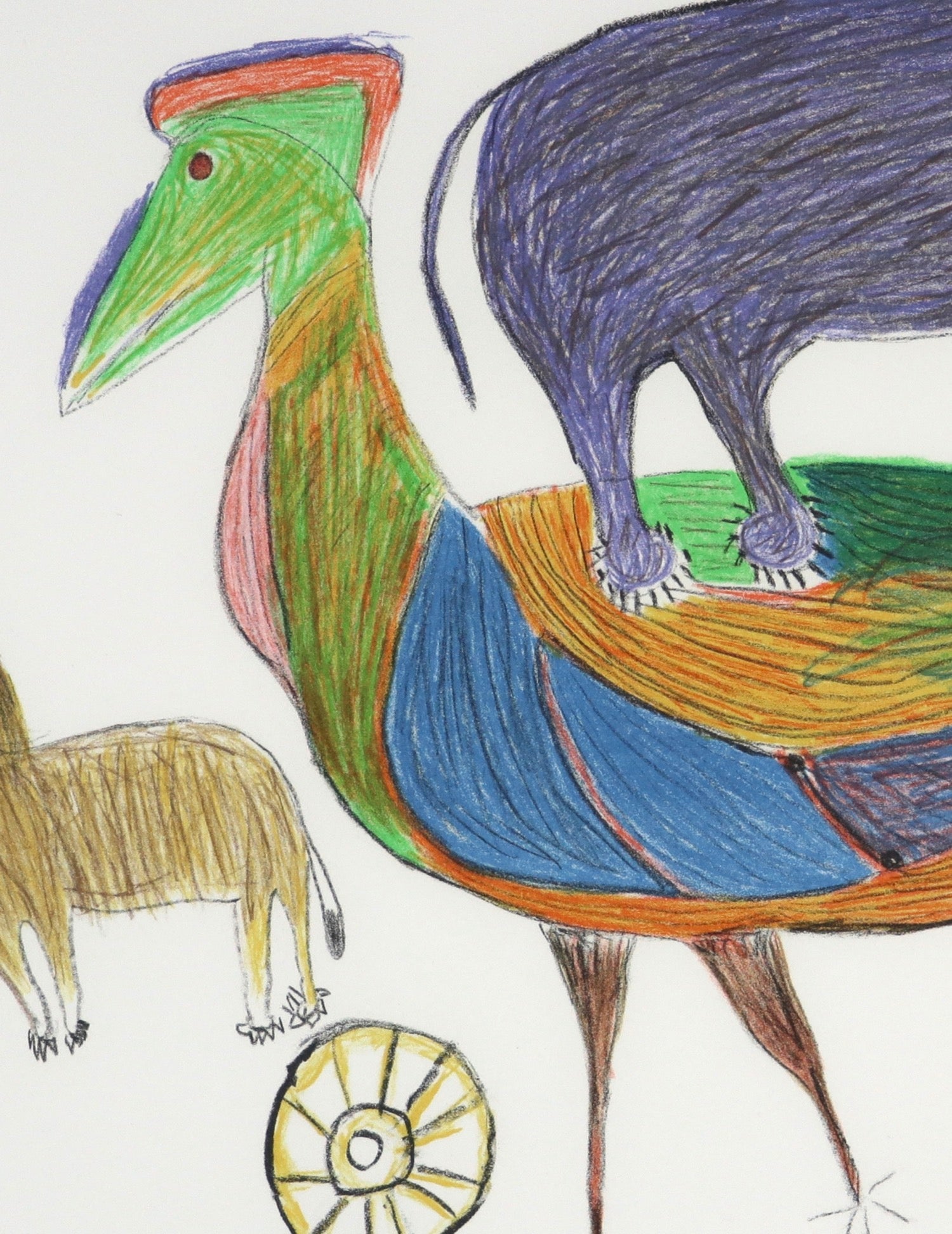
Ennie Coex'ae Bob
Ennie Coex'ae Bob was born in the 1940s. Bob grew up in...
-
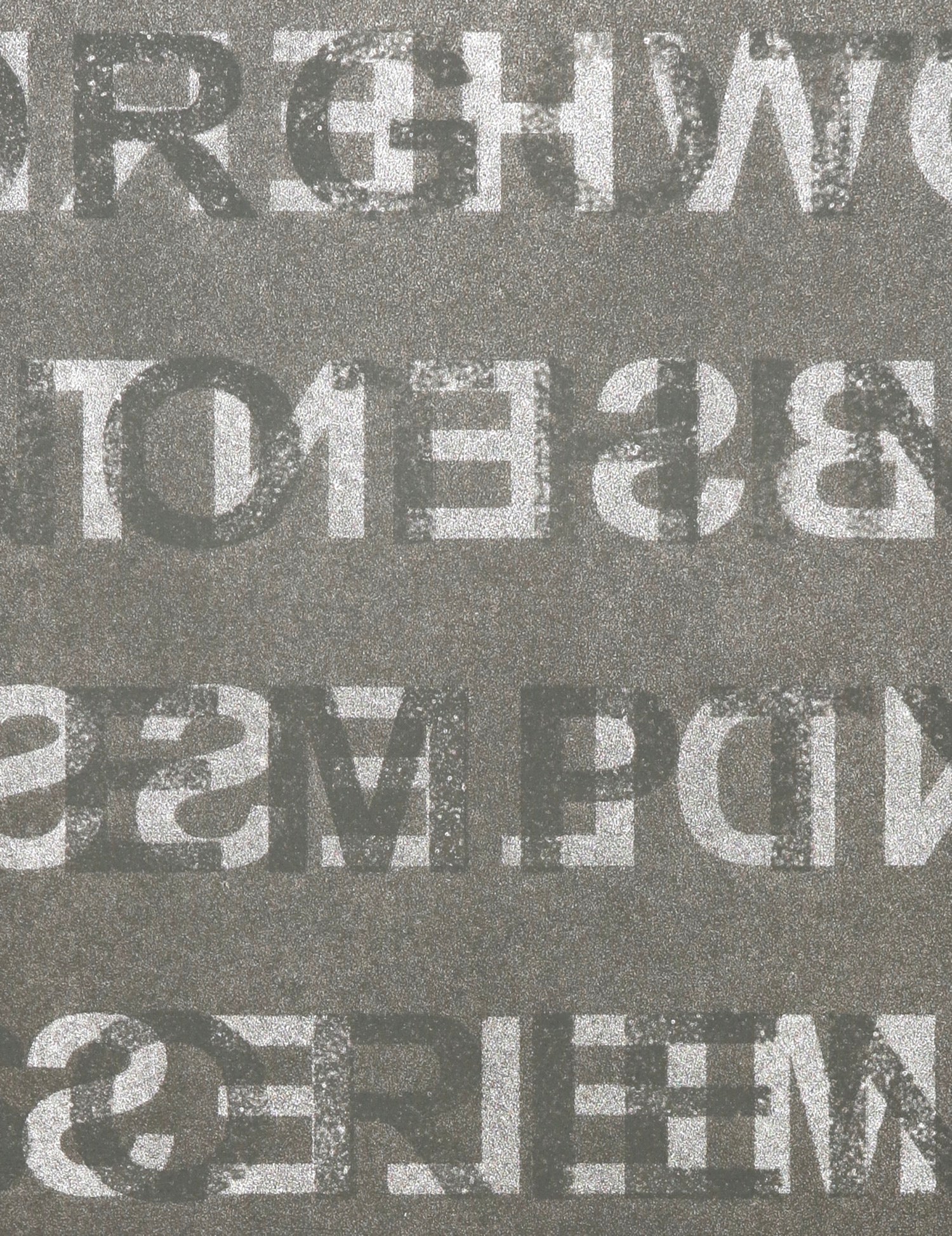
Willem Boshoff
Willem Boshoff is a Johannesburg based artist who has lectured and taught...
-
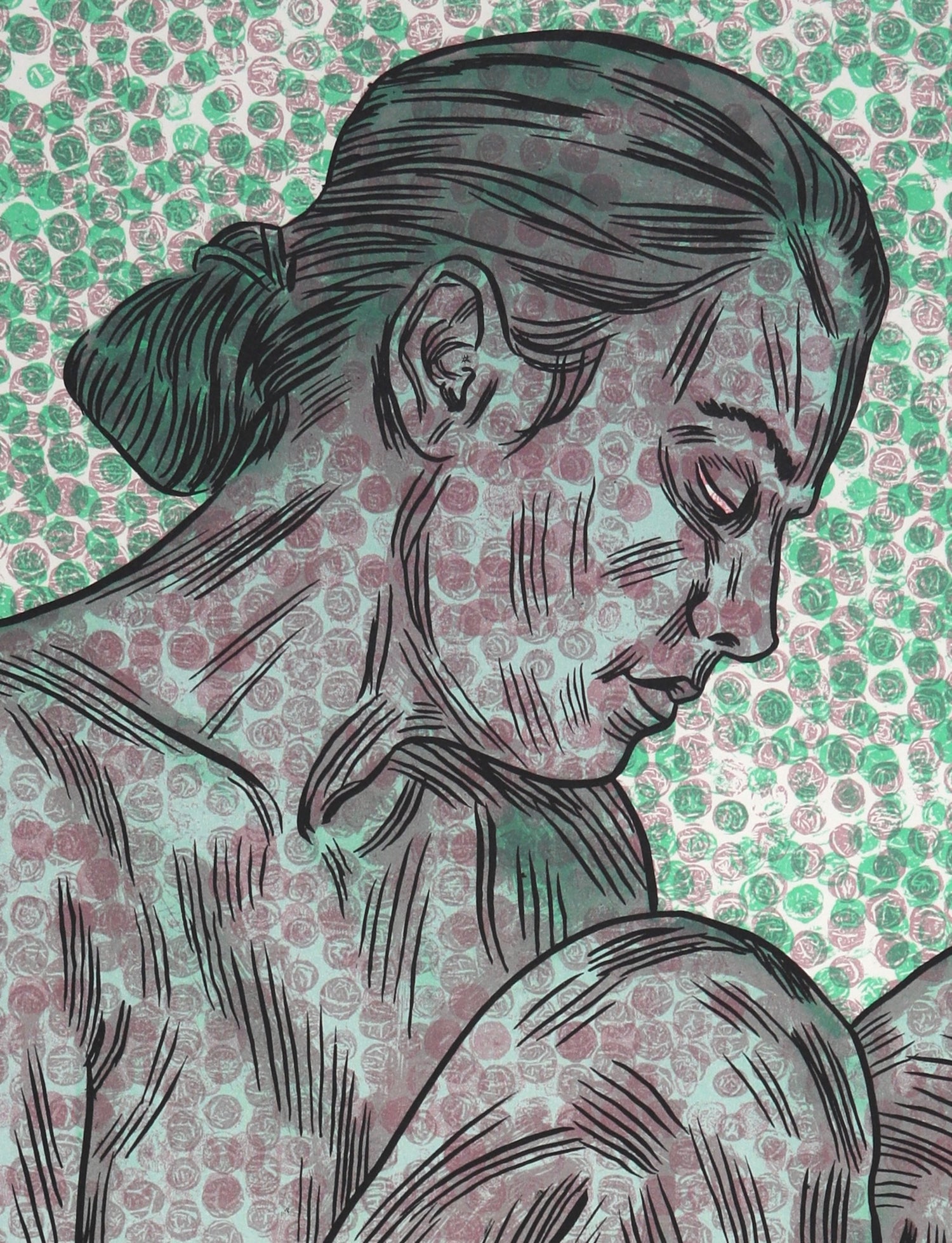
Conrad Botes
Conrad Botes was born in 1969 in the Western Cape. Part of...
-
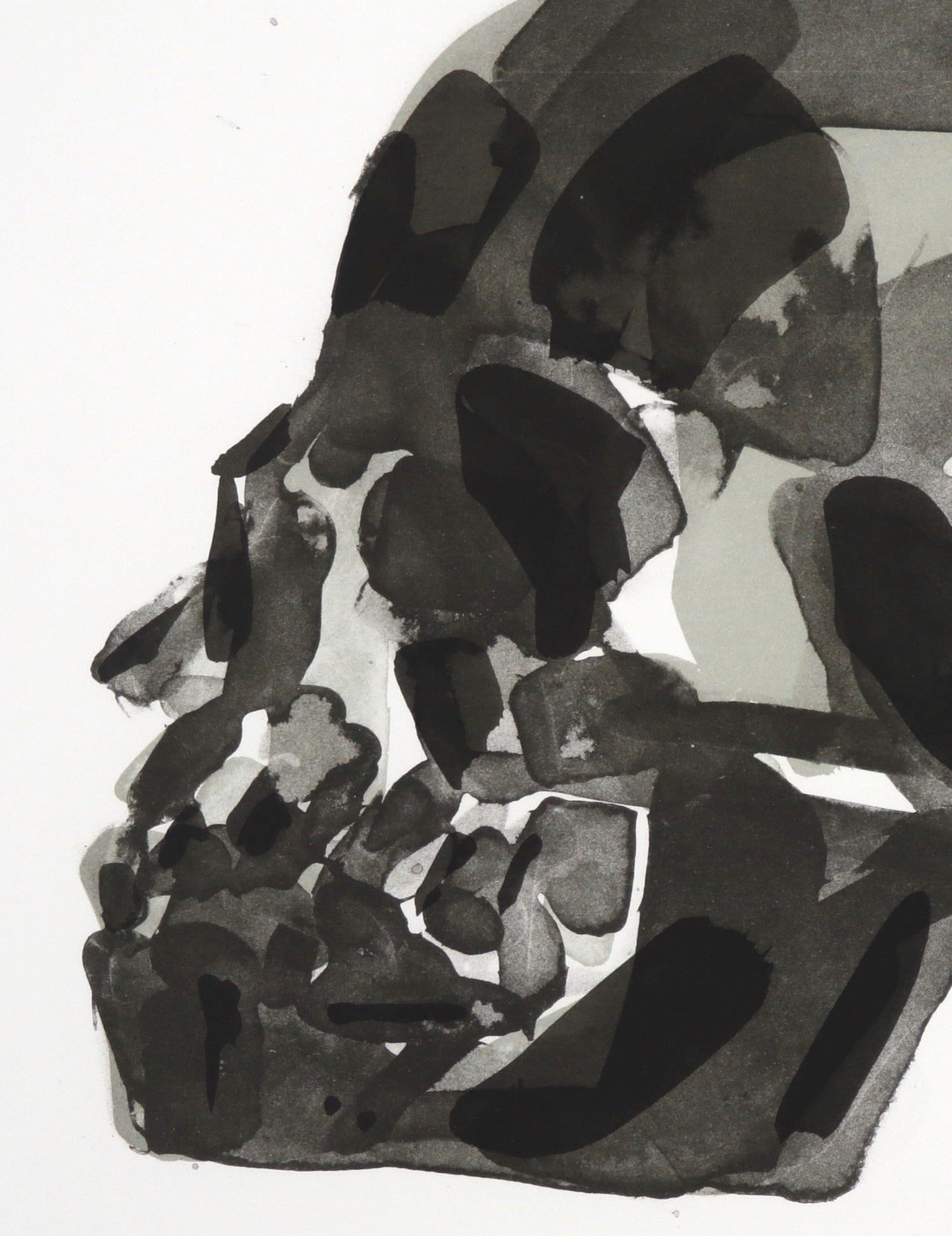
Joni Brenner
Joni Brenner is the first artist that has brought a human skull...
-
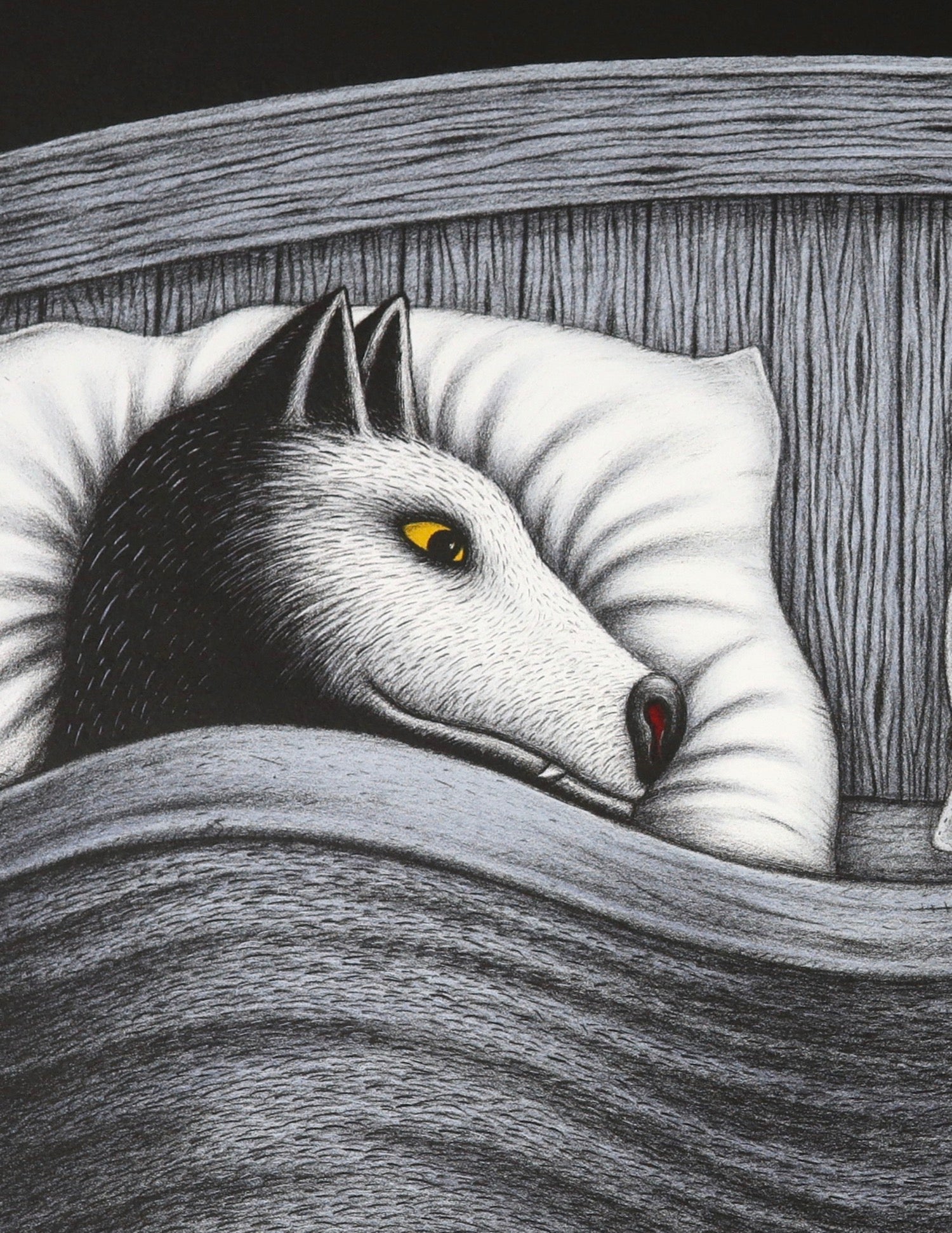
Norman Catherine
Norman Catherine was the first artist to make a print at The...
-

Sibonelo Chiliza
Sibonelo Chiliza has the focus of a Buddhist monk. The sense of...
-

Karin Daymond
Karin Daymond lives in a part of South Africa that has some...
-
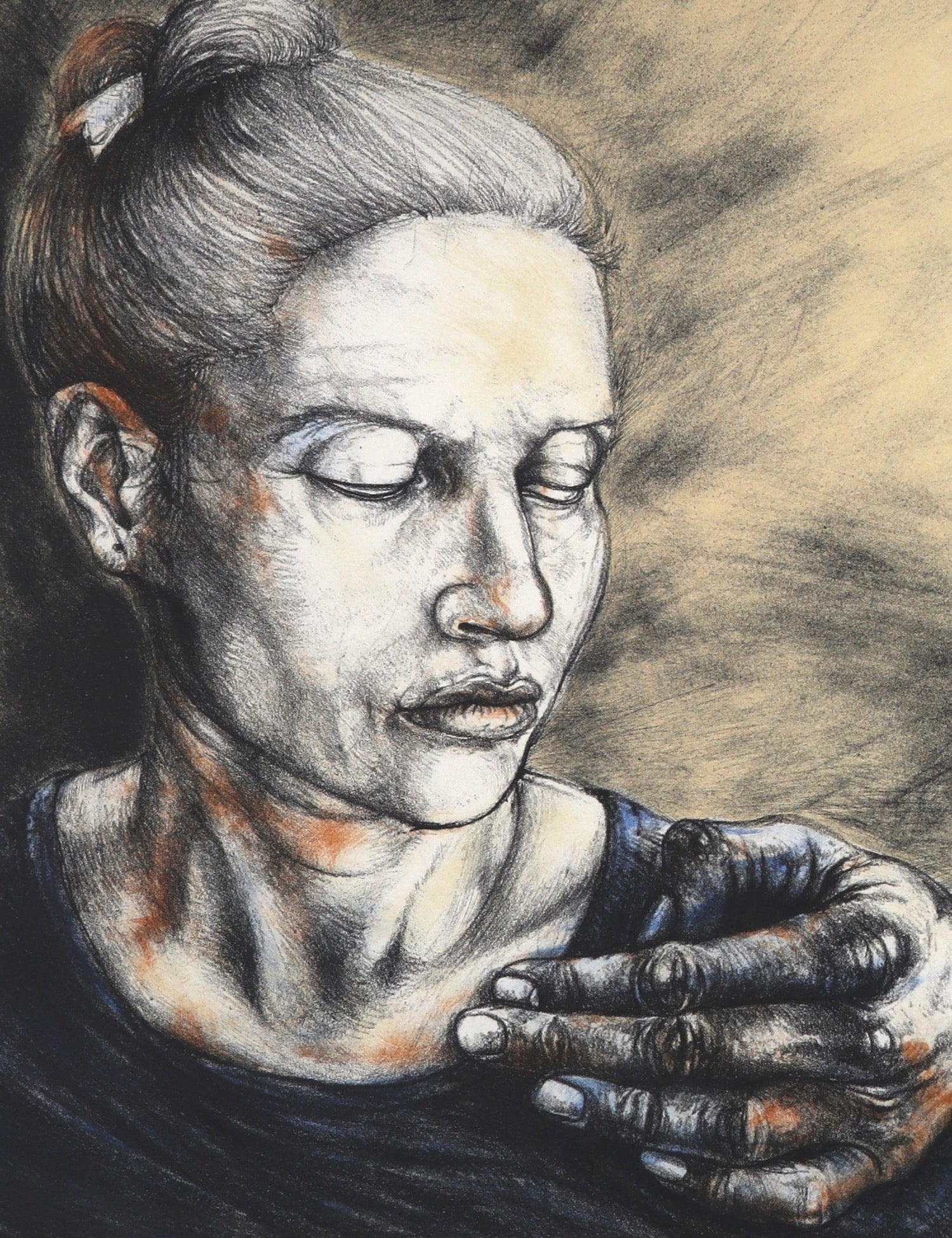
Erika Hibbert
Erika Hibbert's work is lyrical, technically accomplished and often biographical.The political and...
-
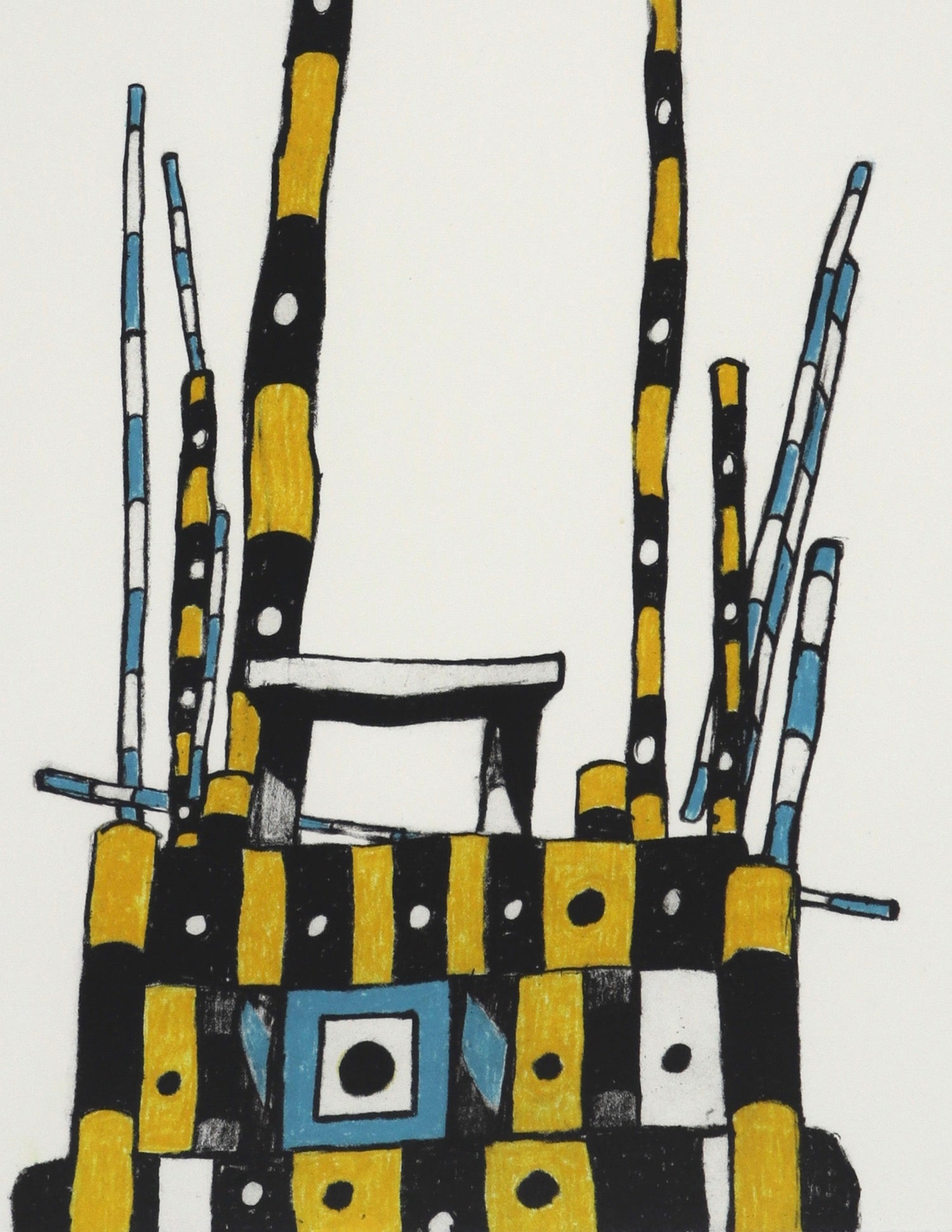
Thami Jali
Thami Jali was born Lamontville, Durban in 1955. He matriculated at Dlangezwa...
-
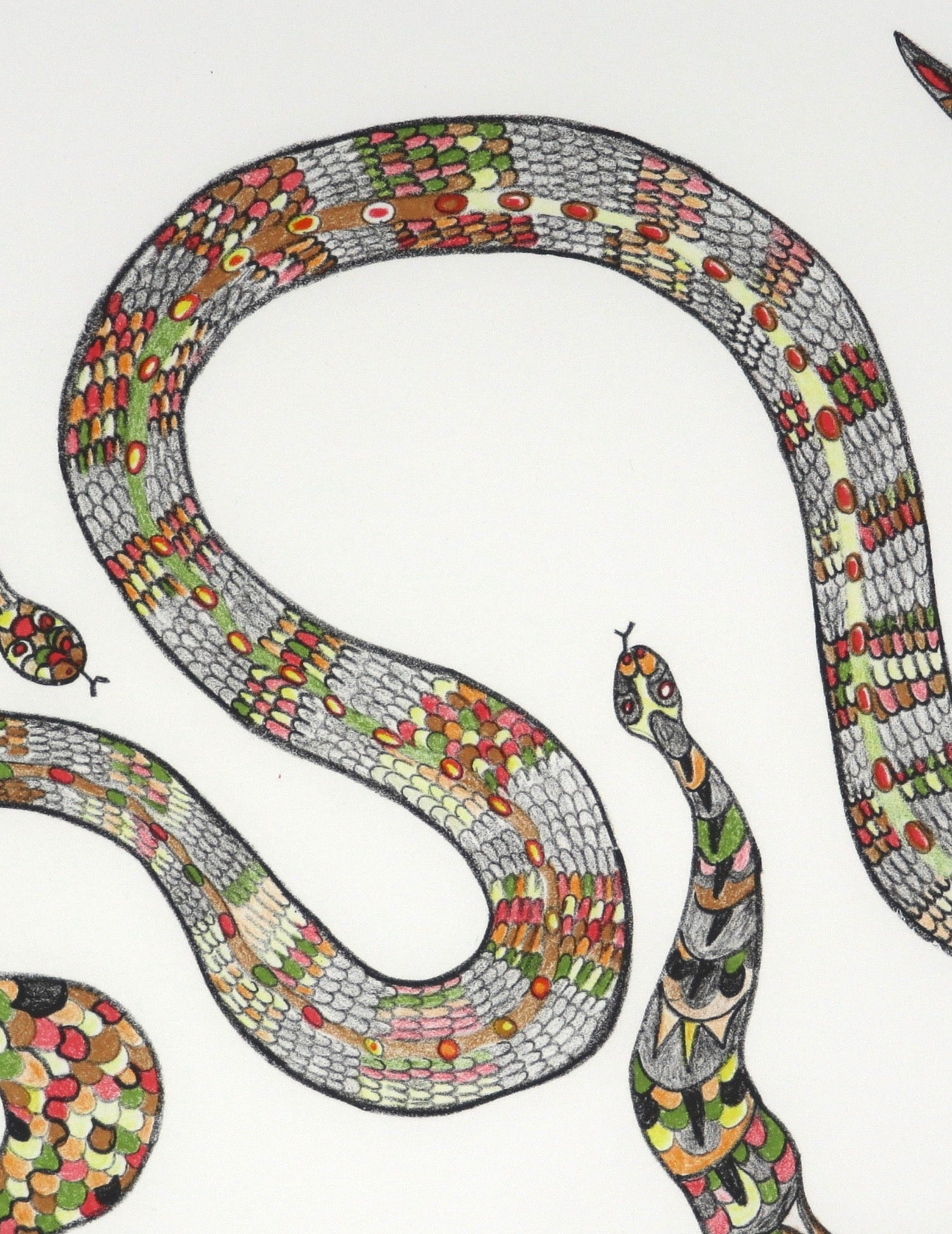
Thama Kase
Thama Kase was born in 1971 on the farm Makriel in the...
-
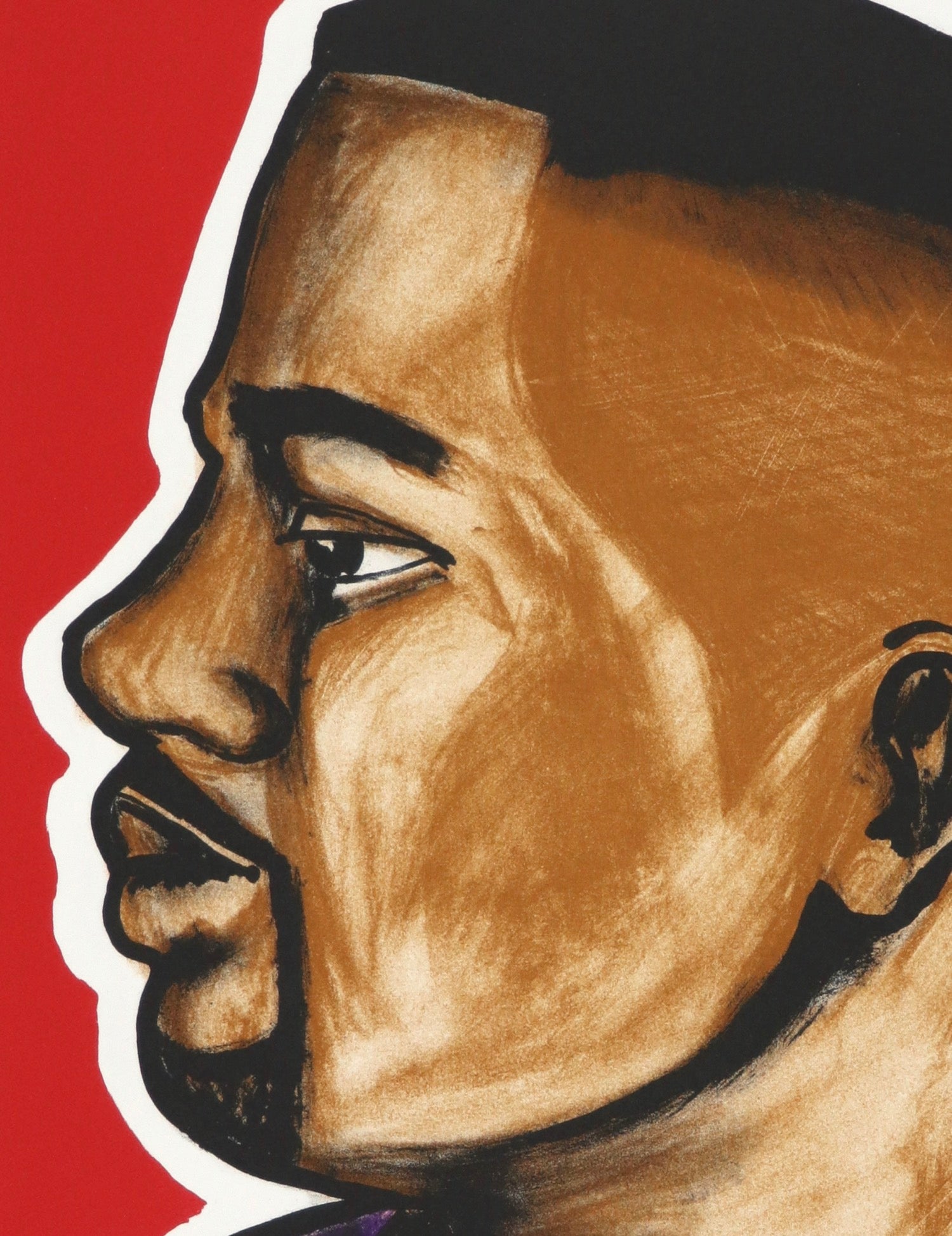
Espoir Kennedy
Espoir Kennedy was invited to come and work at The Artists' Press...
-
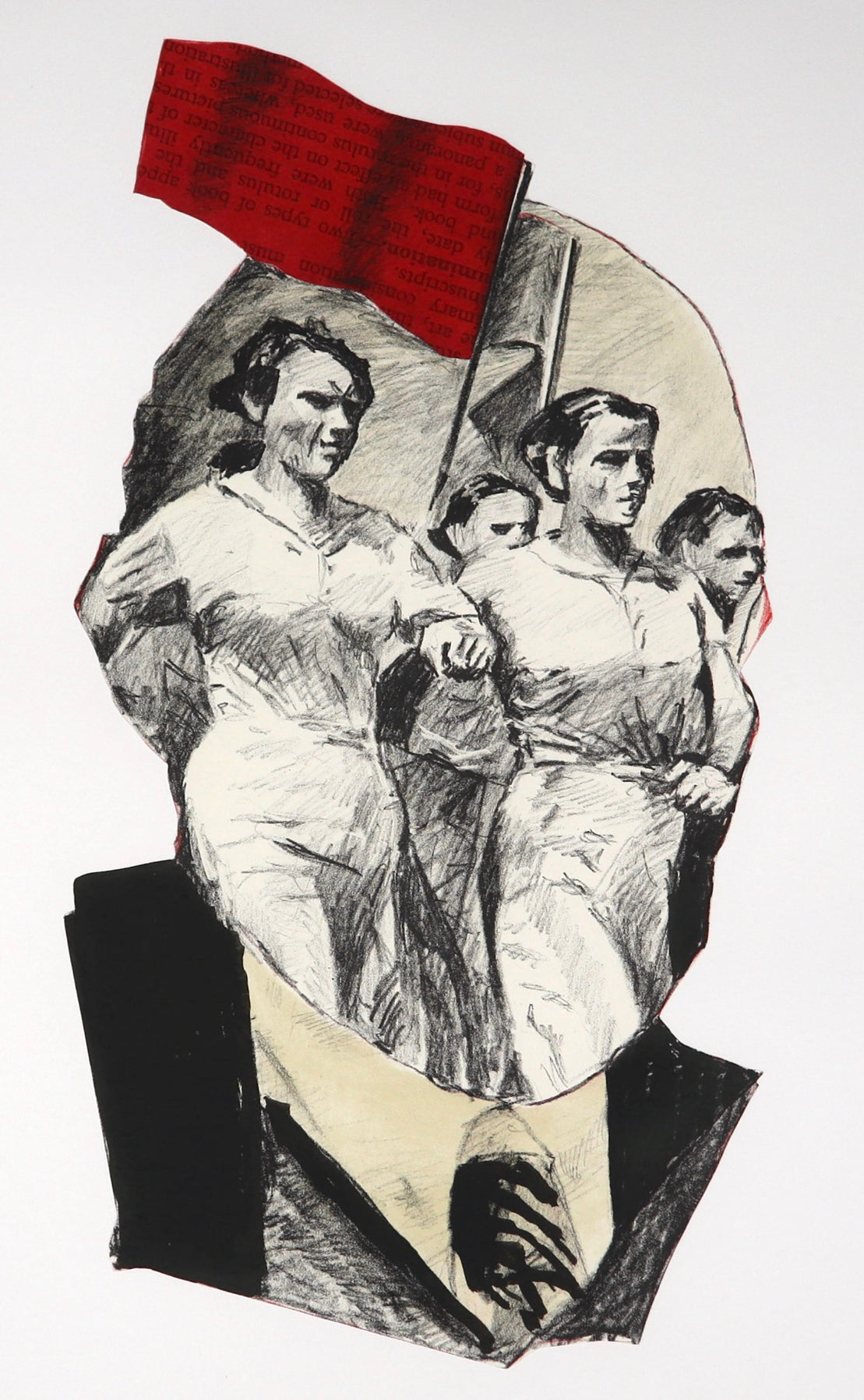
William Kentridge
The Lucerne Symphony Orchestra in Switzerland commissioned William Kentridge to make a...
-
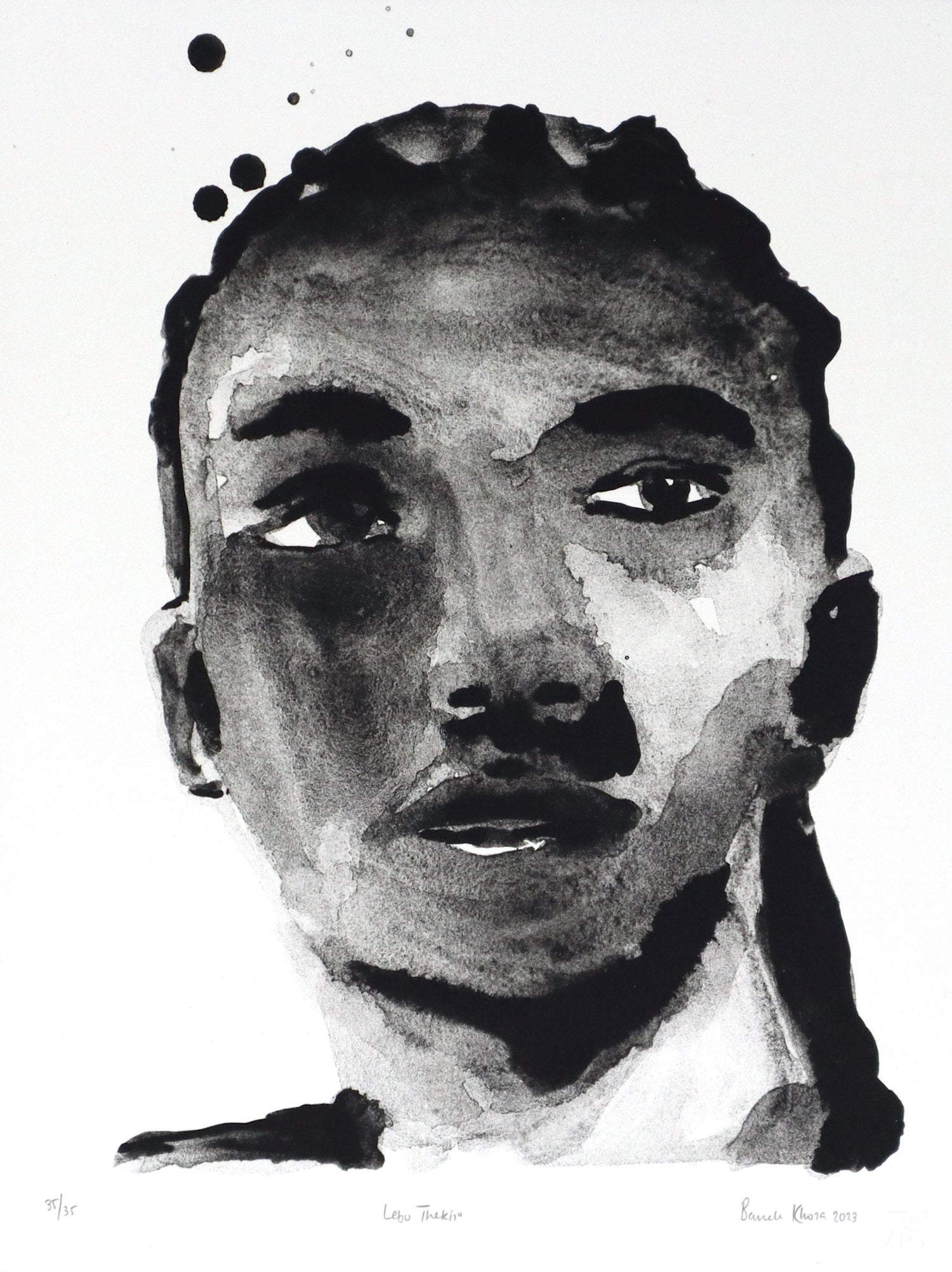
Banele Khoza
Banele Khoza was in born in 1994 in Hlatikulu in Eswatini. During...
-
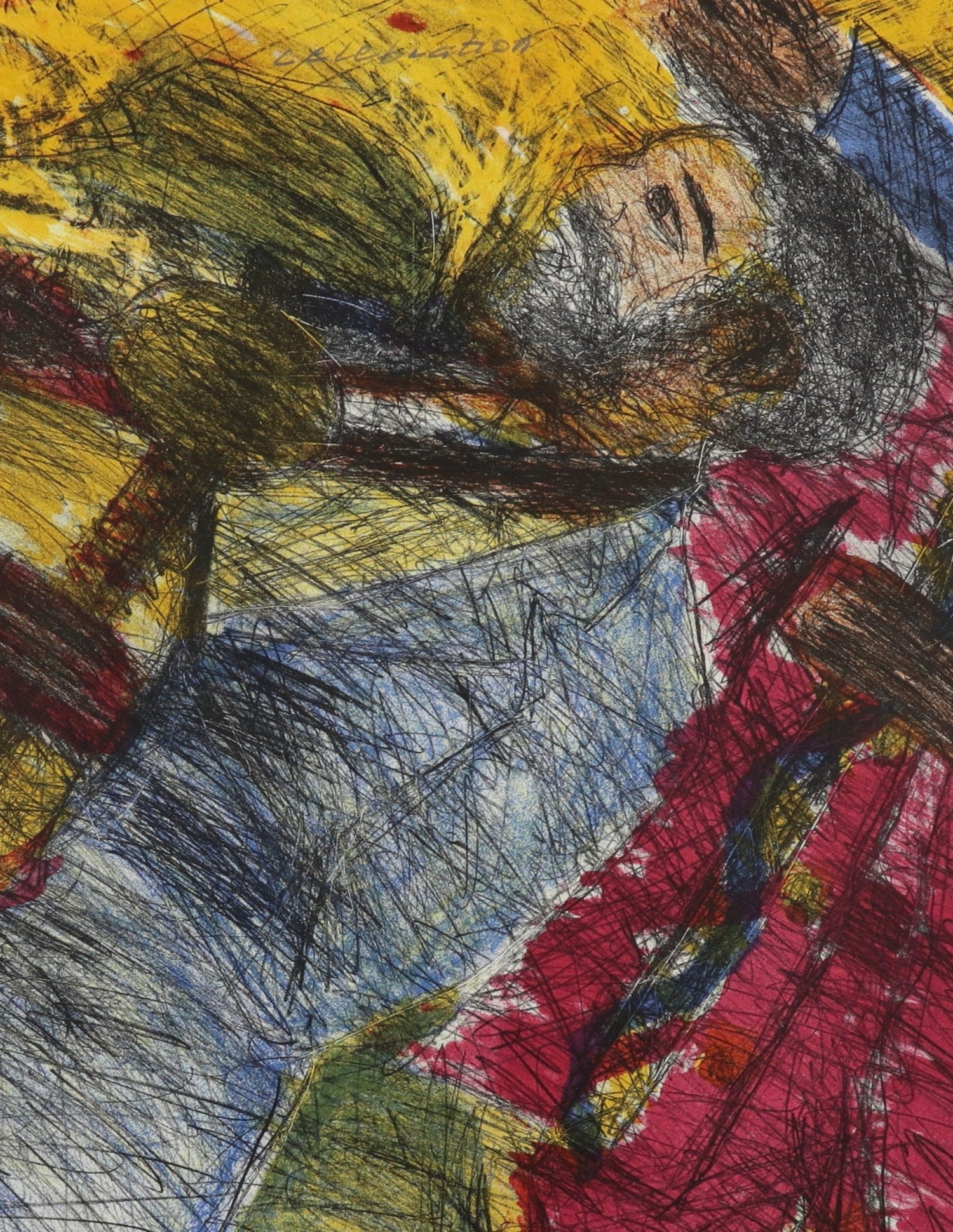
David Koloane
David Koloane (1938 - 2019) was born in the Johannesburg township of...
-
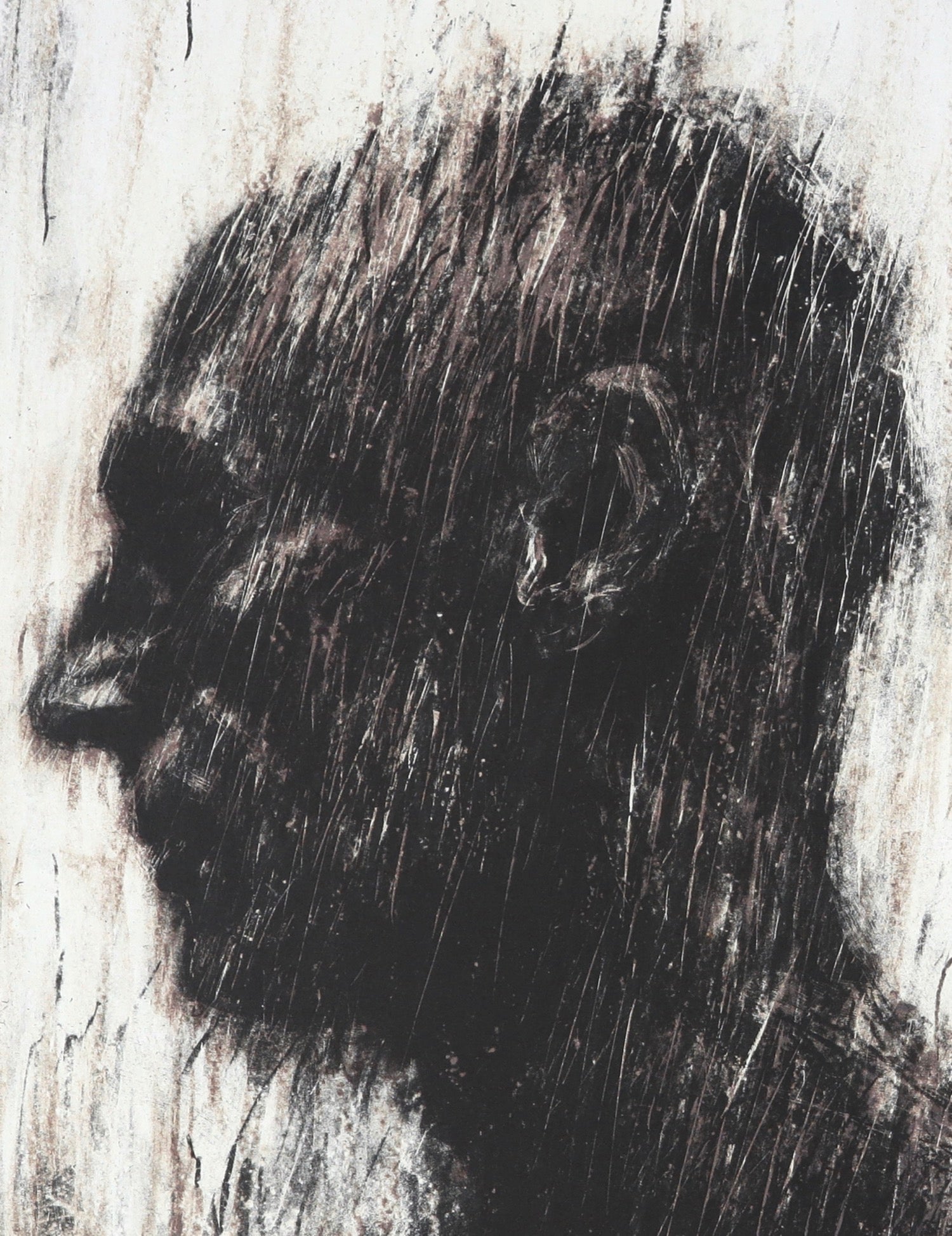
Johann Louw
Johann Louw is an introverted artist based in Cape Town. He prefers...
-
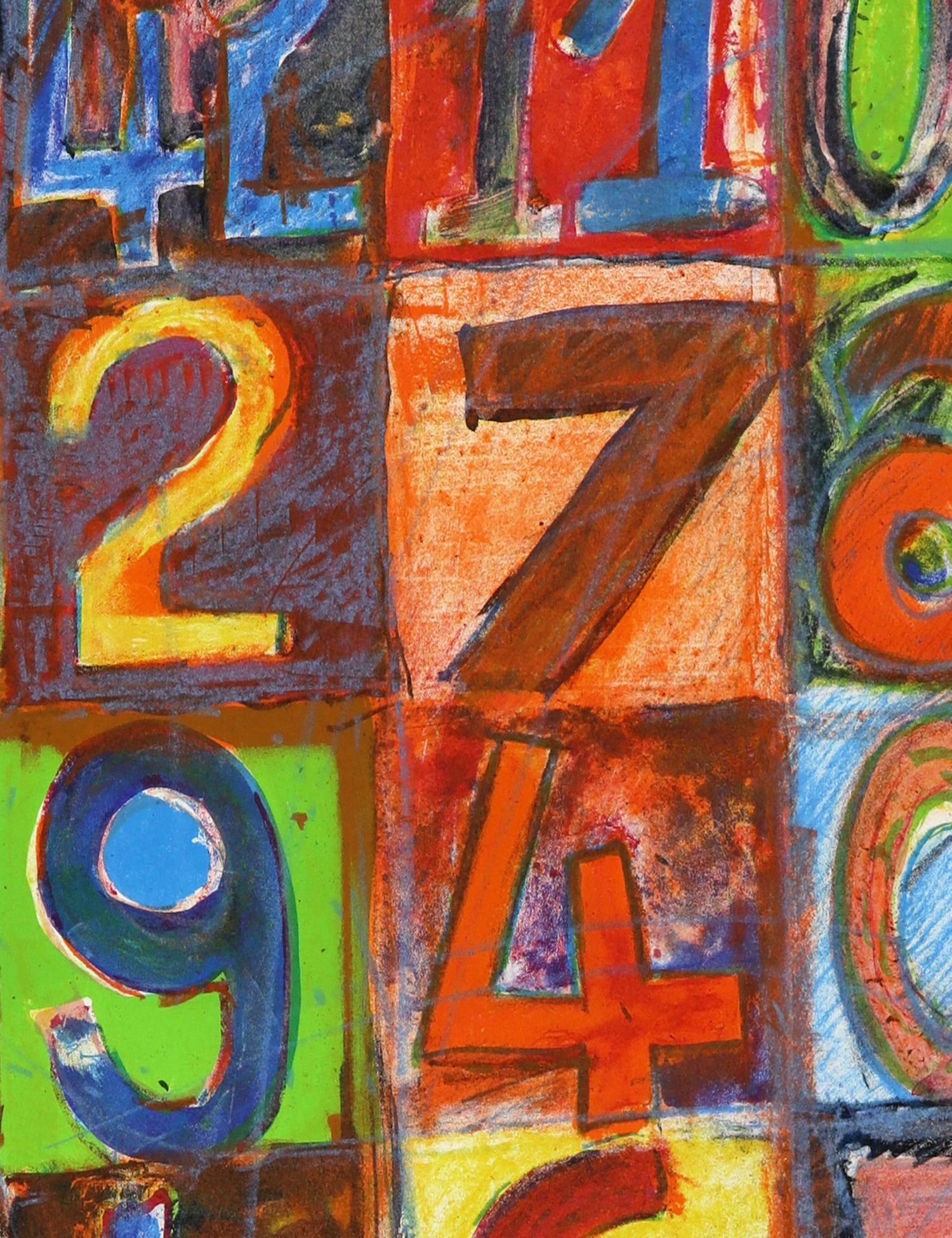
Dumisani Mabaso
Dumisani Mabaso (1955 - 2013) was a painter, printmaker and musician. Mabaso...
-
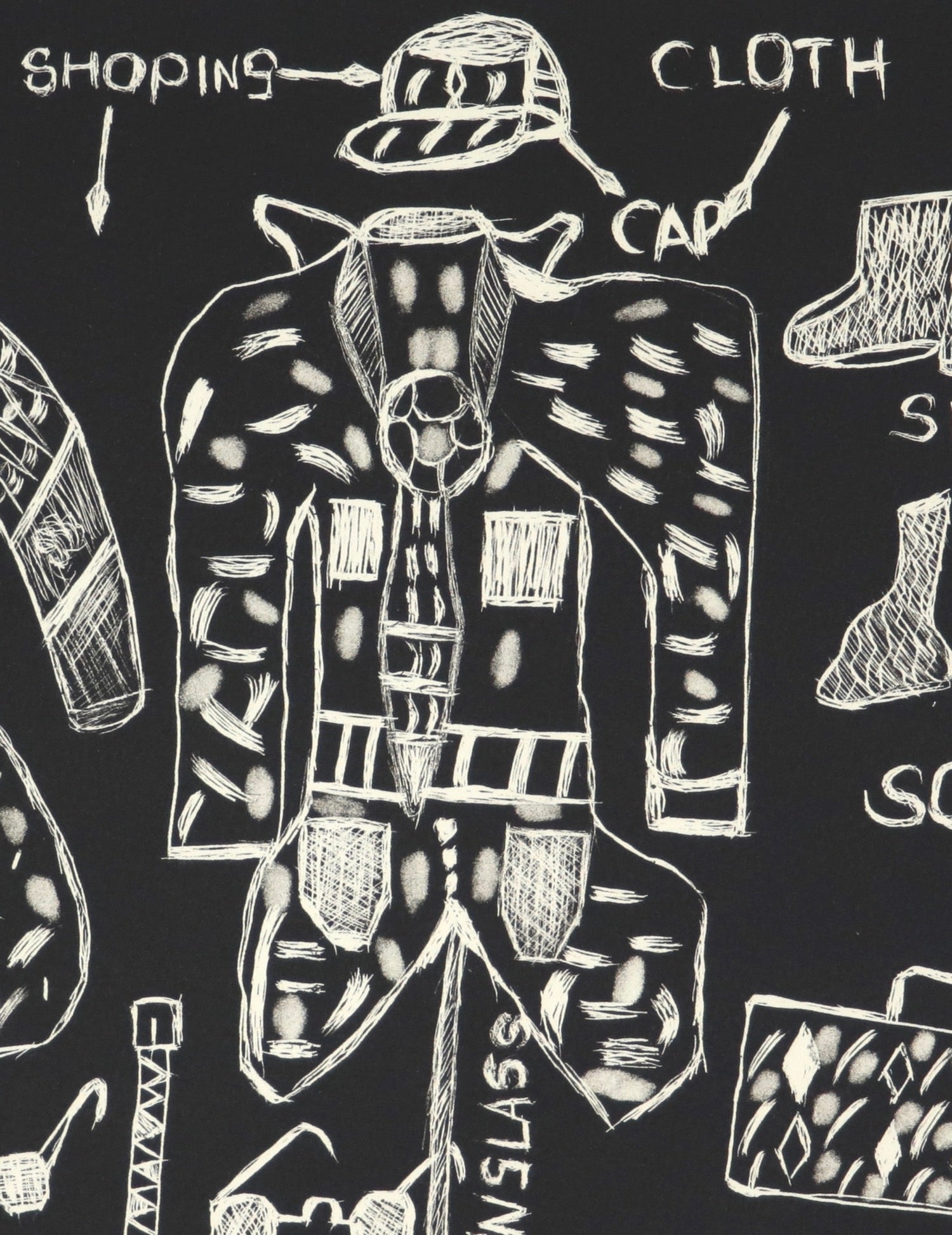
Ditiro Makwena
Ditiro Makwena's work looks at the contemporary world from an outsider's perspective....
-
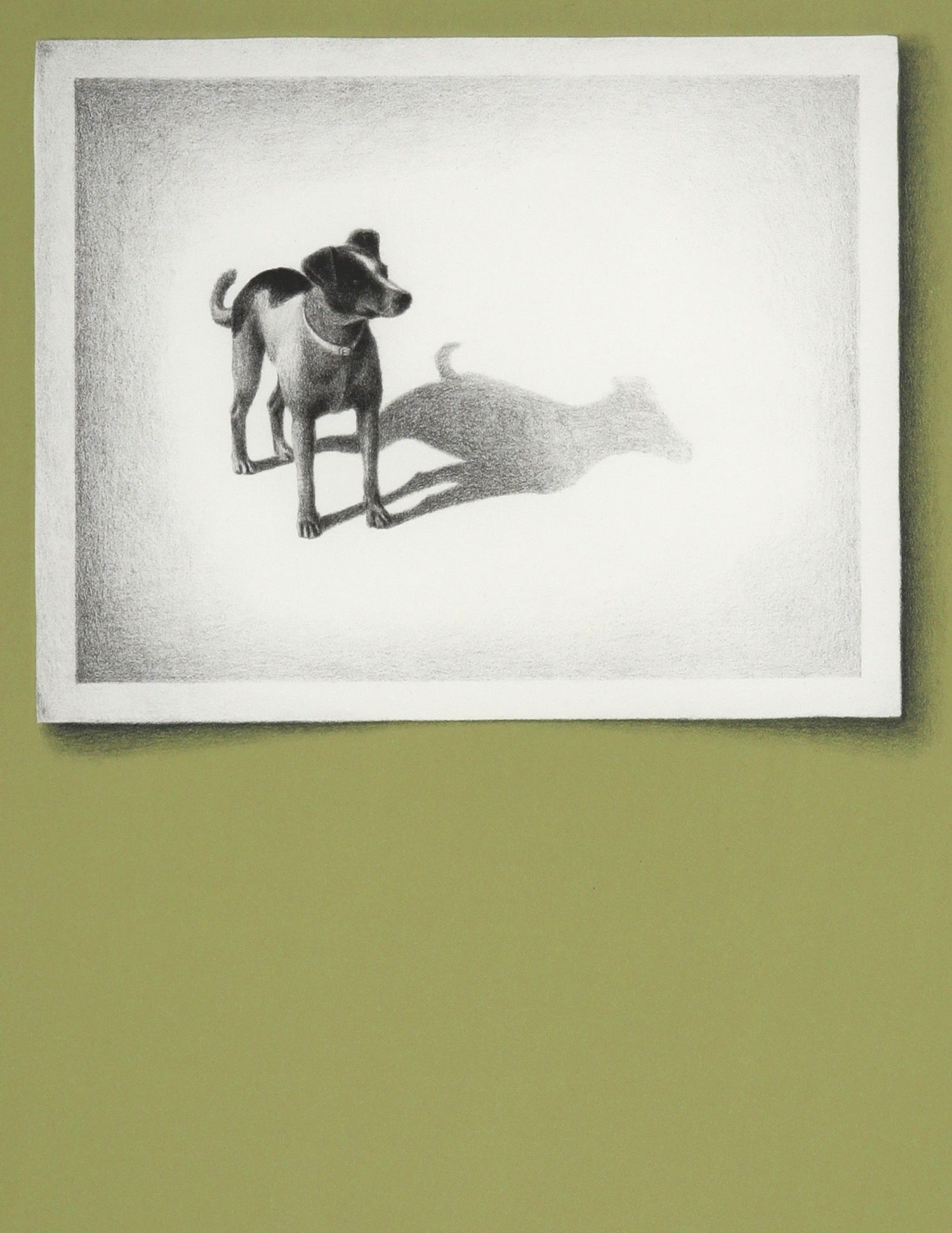
Eugenie Marais
Eugenie Marais was born in the Western Cape and after completing a...
-
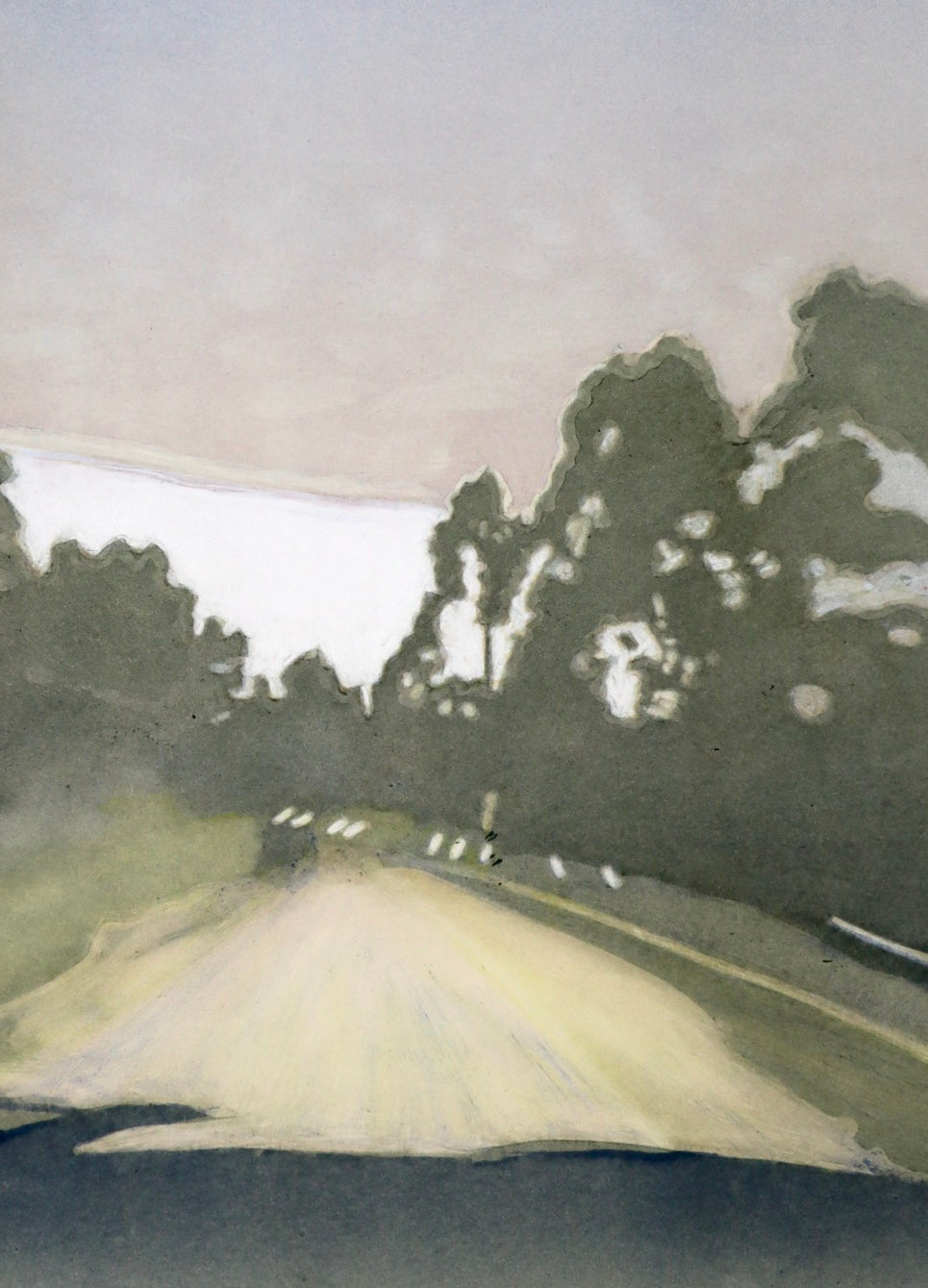
Maria Marais
Maria Marais is an artist who lives and works in Mbombela, Mpumalanga....
-
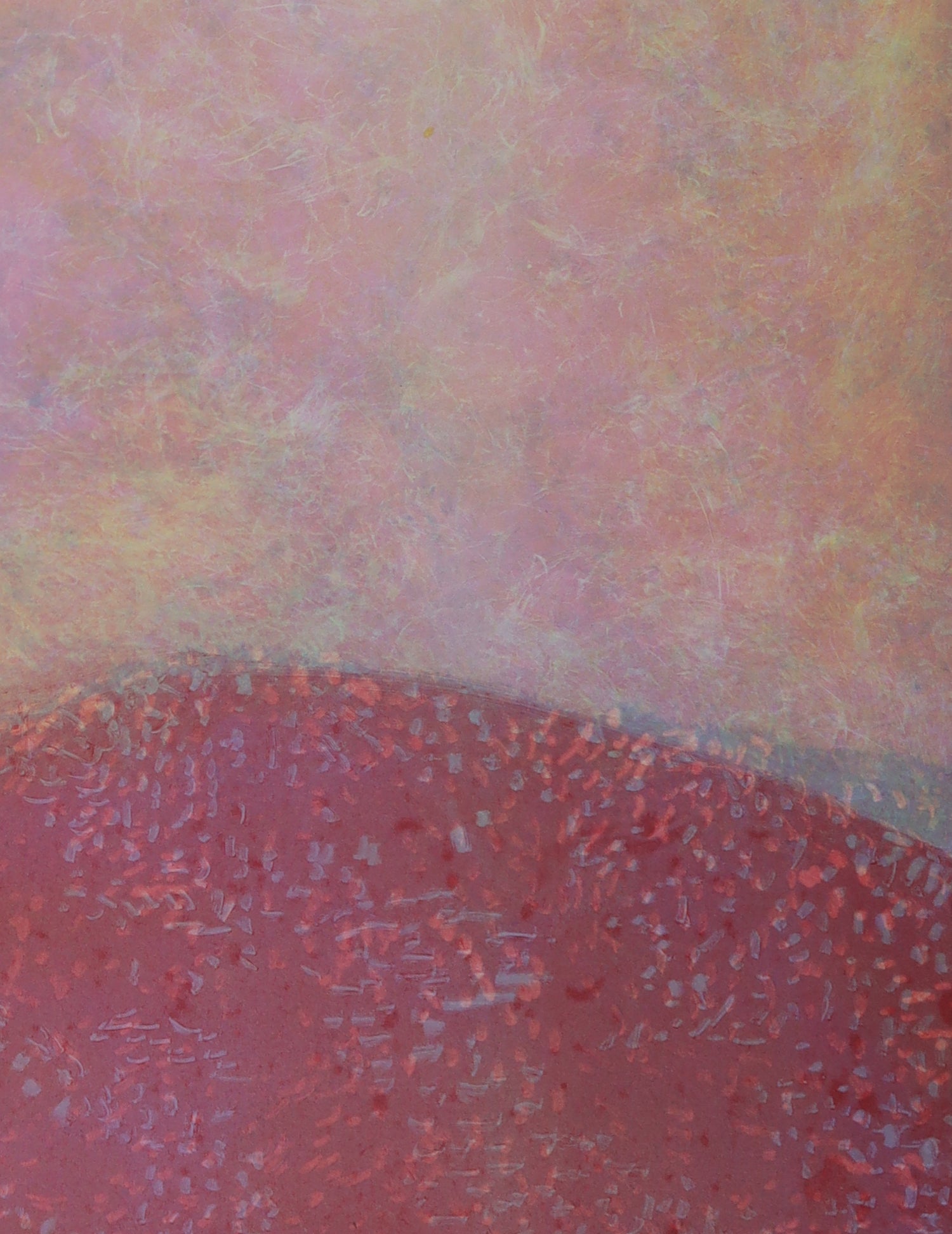
Sue Martin
Sue Martin is a Johannesburg based artist and has been honing her...
-
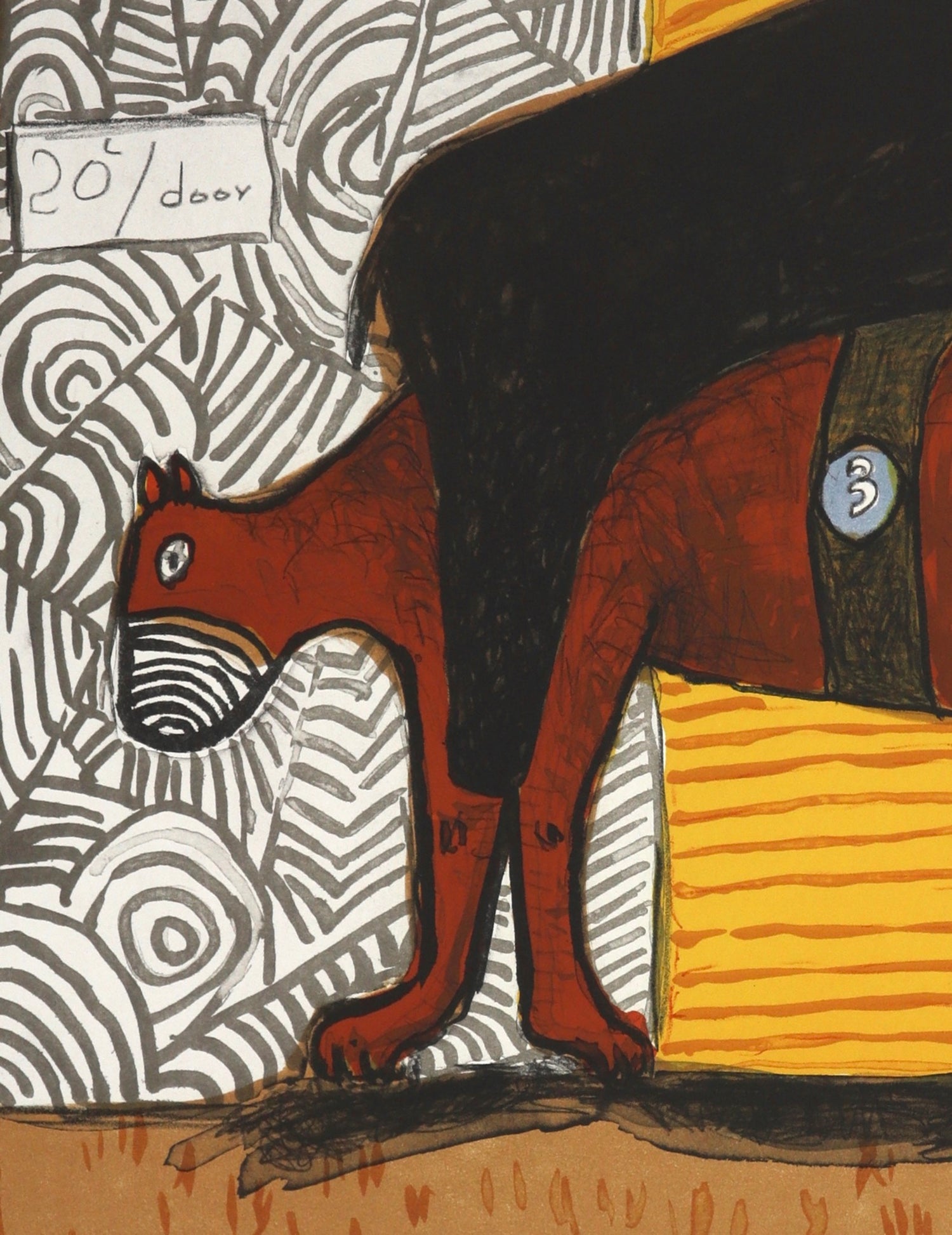
Colbert Mashile
Colbert Mashile was born in 1972 in Bushbuckridge in the Mpumalanga Province...
-
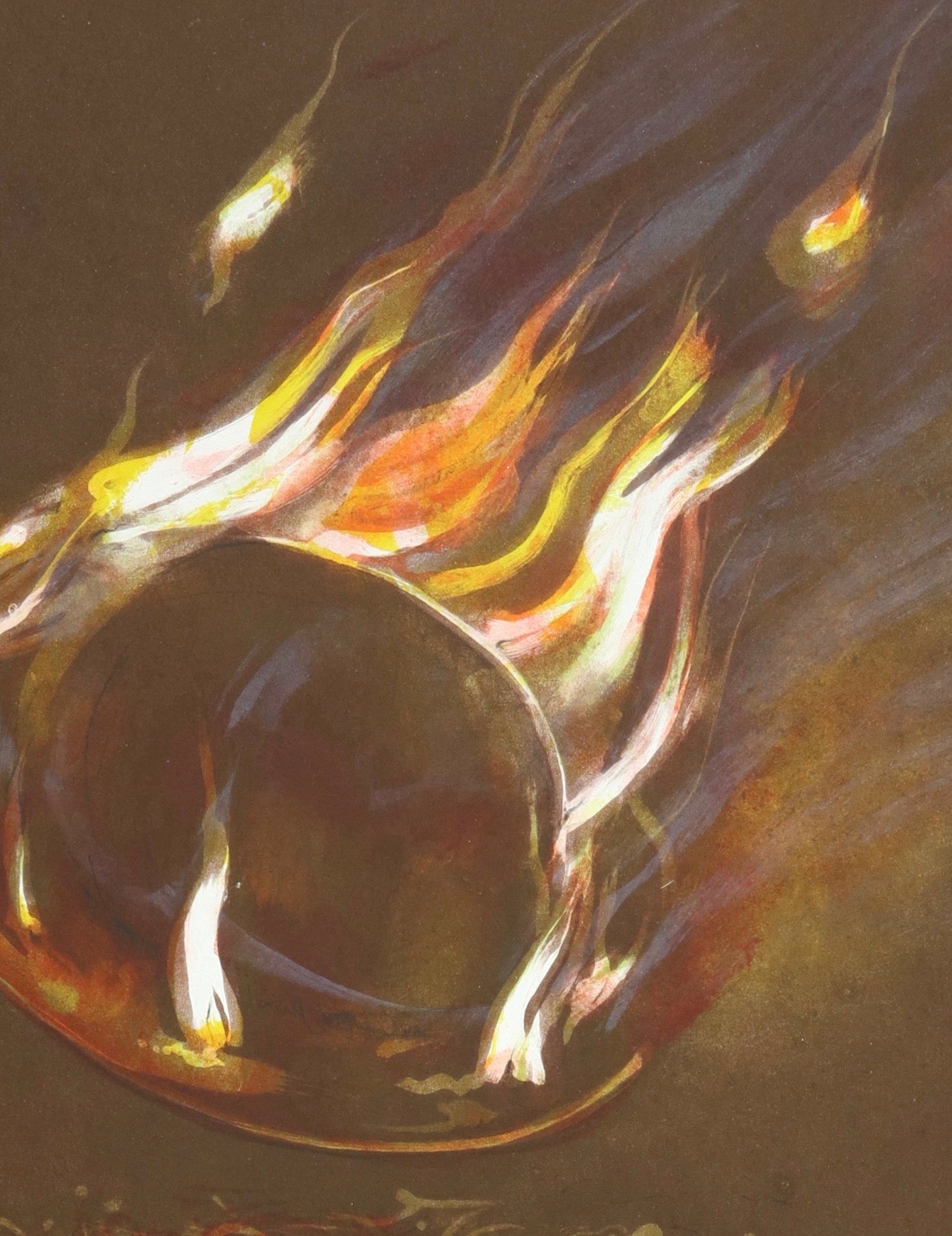
Judith Mason
Judith Mason (1938 - 2016) was a painter and graphic artist of...
-
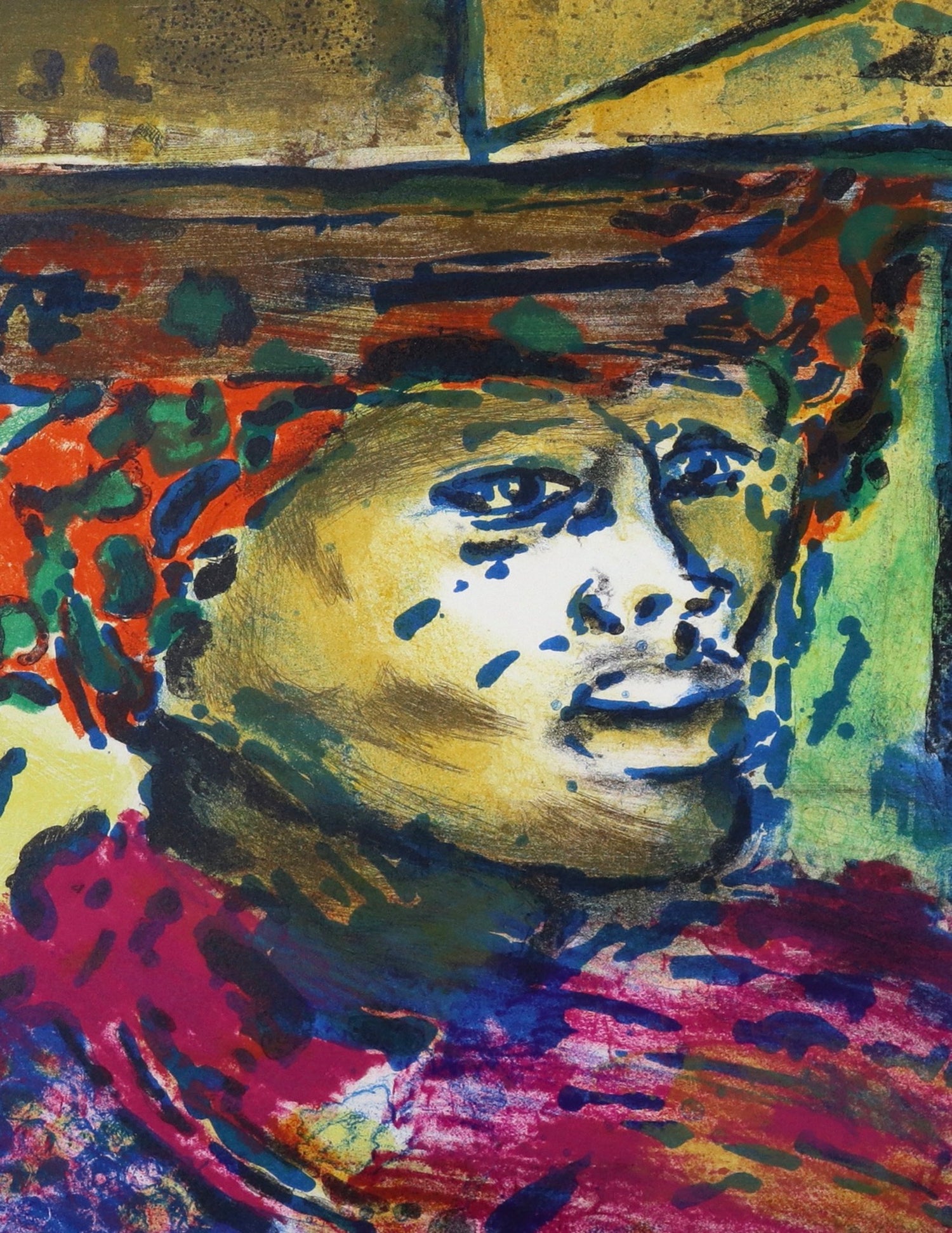
Kagiso Patrick Mautloa
Kagiso Patrick Mautloa studies the street life around him working from his...
-
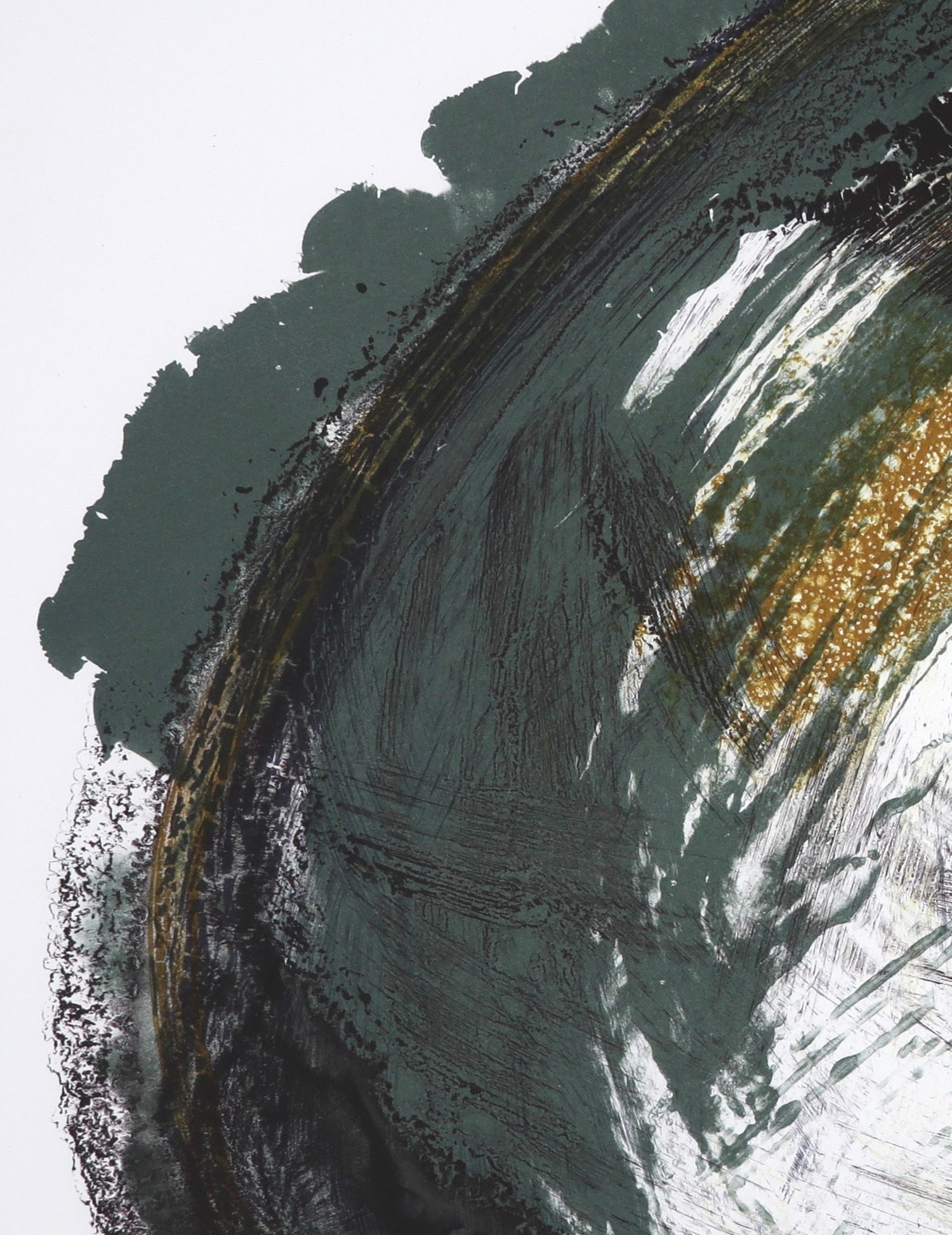
Nandipha Mntambo
Nandipha Mntambo is tall, impossibly stylish and has more energy than most...
-
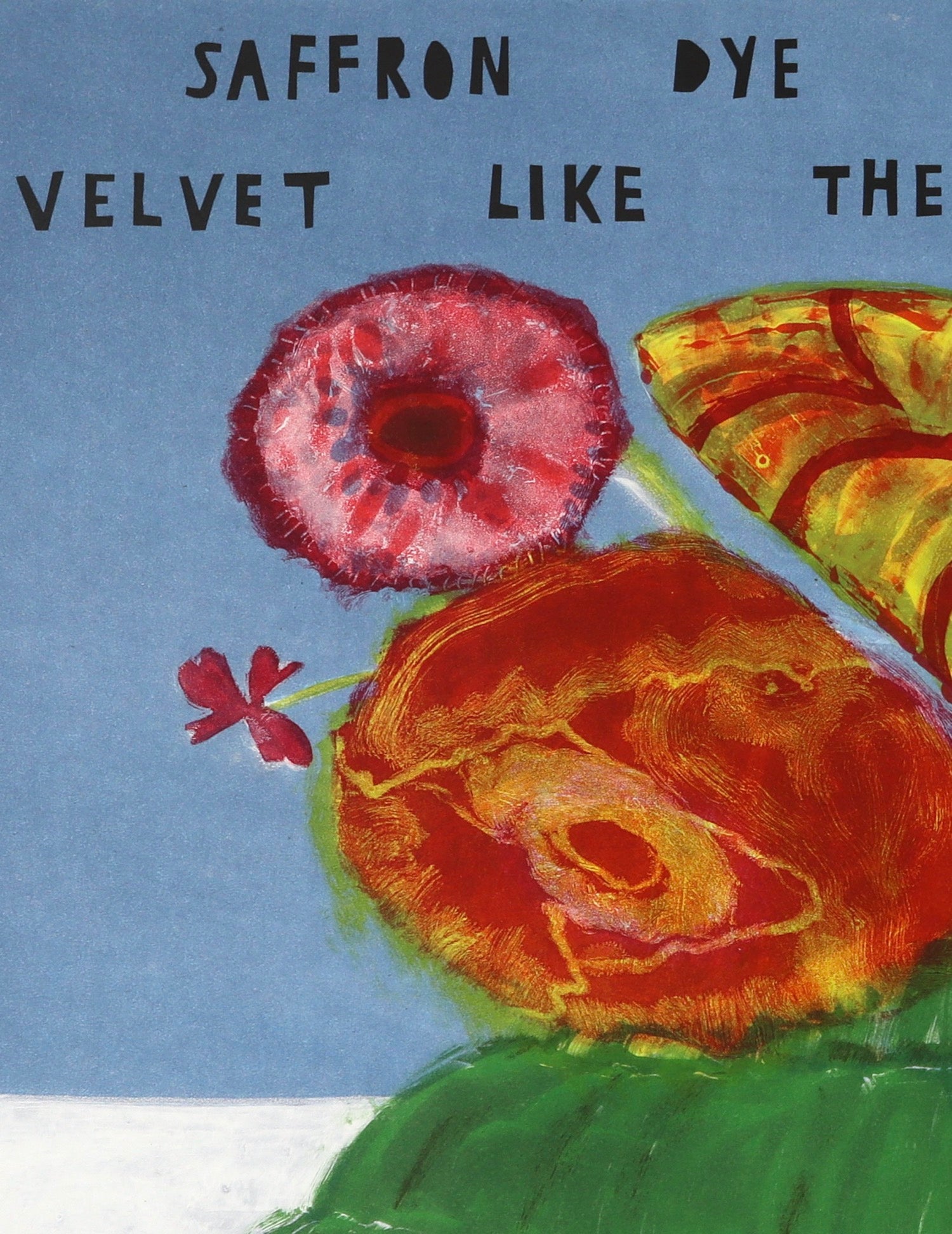
Nabeeha Mohamed
Nabeeha Mohamed was born in Cape Town in 1988. She completed her...
-
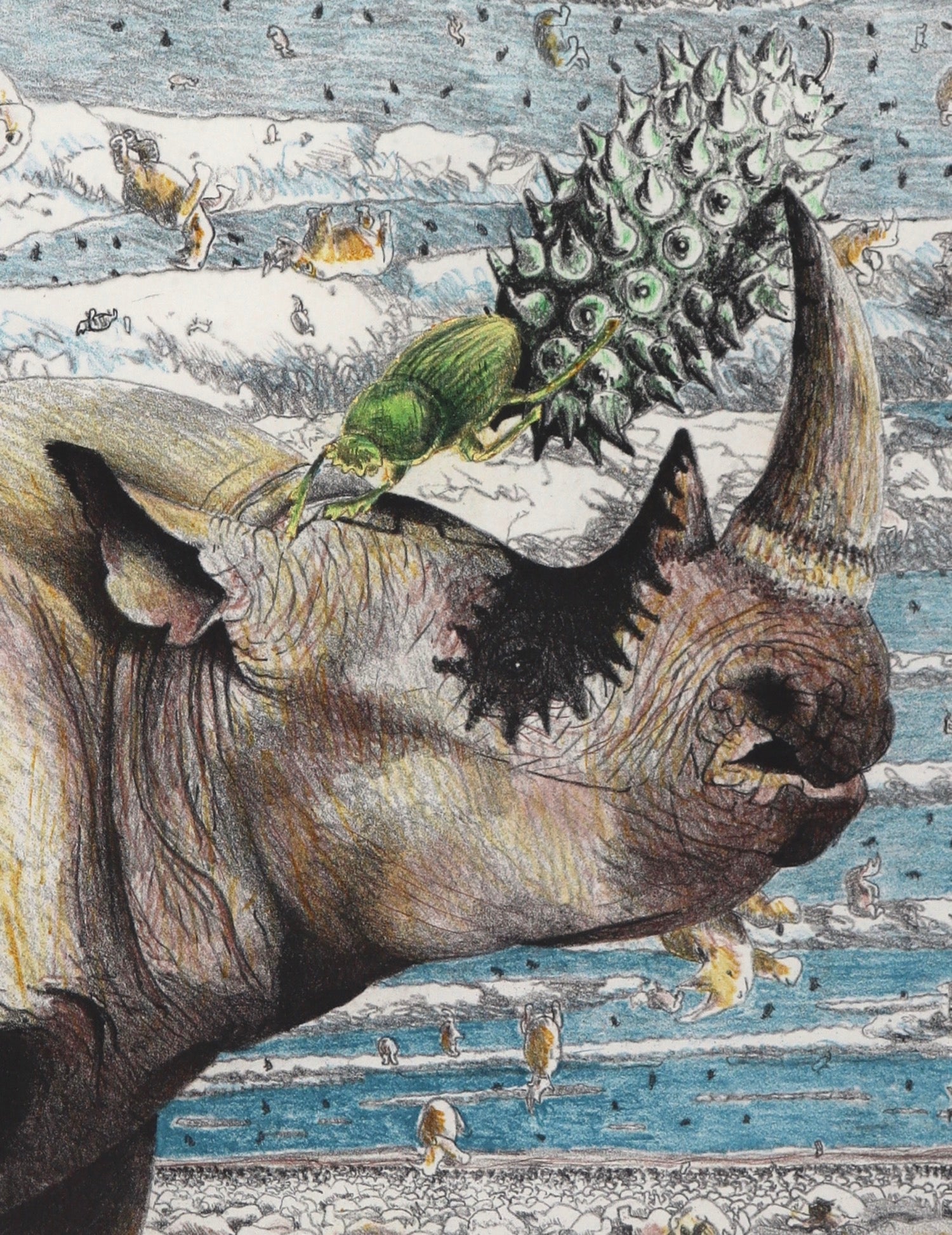
John Moore
John Moore is a wildlife artist who has been working primarily in...
-
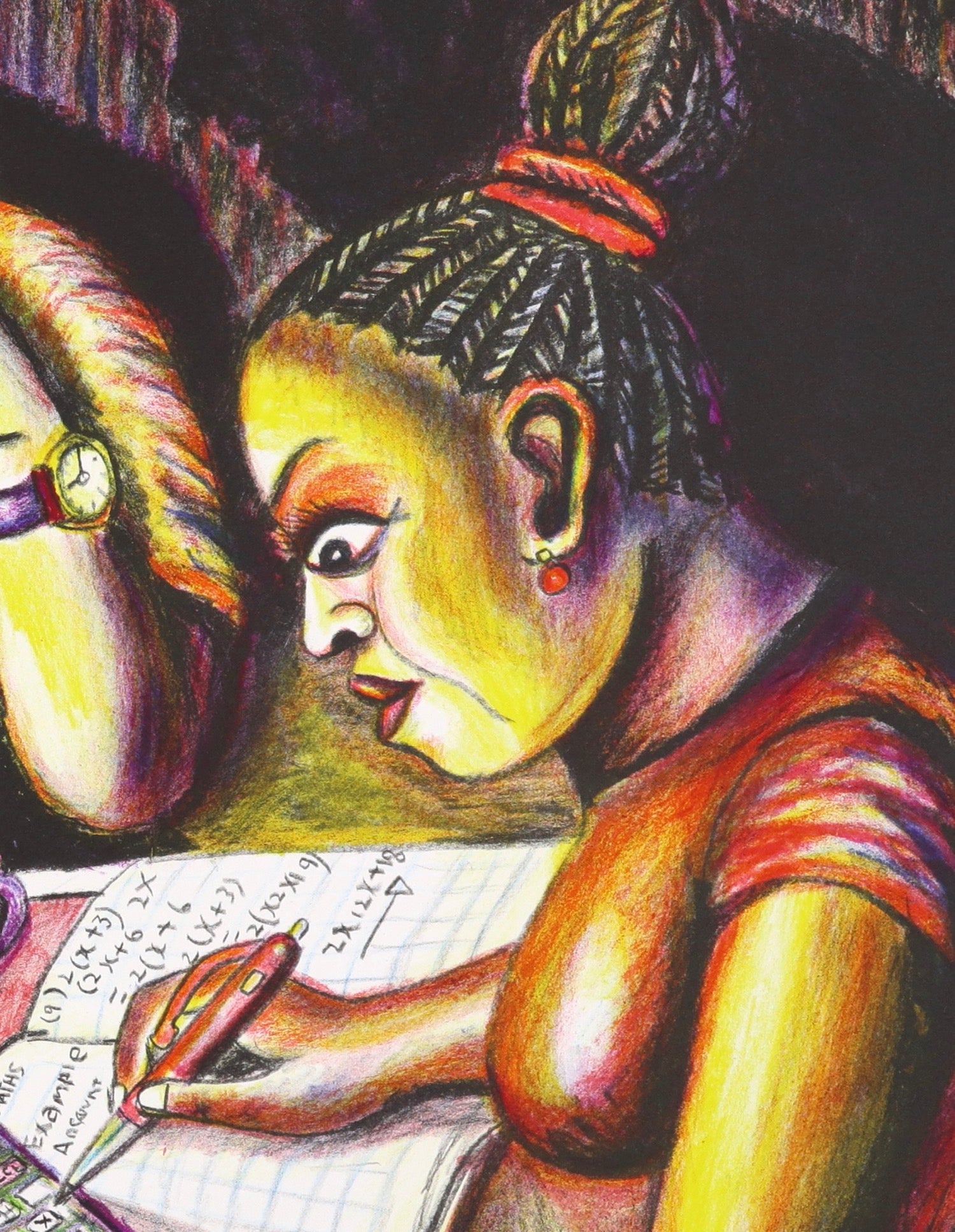
Tommy Motswai
Tommy Motswai's work is crammed with bustling activity, of people going about...
-
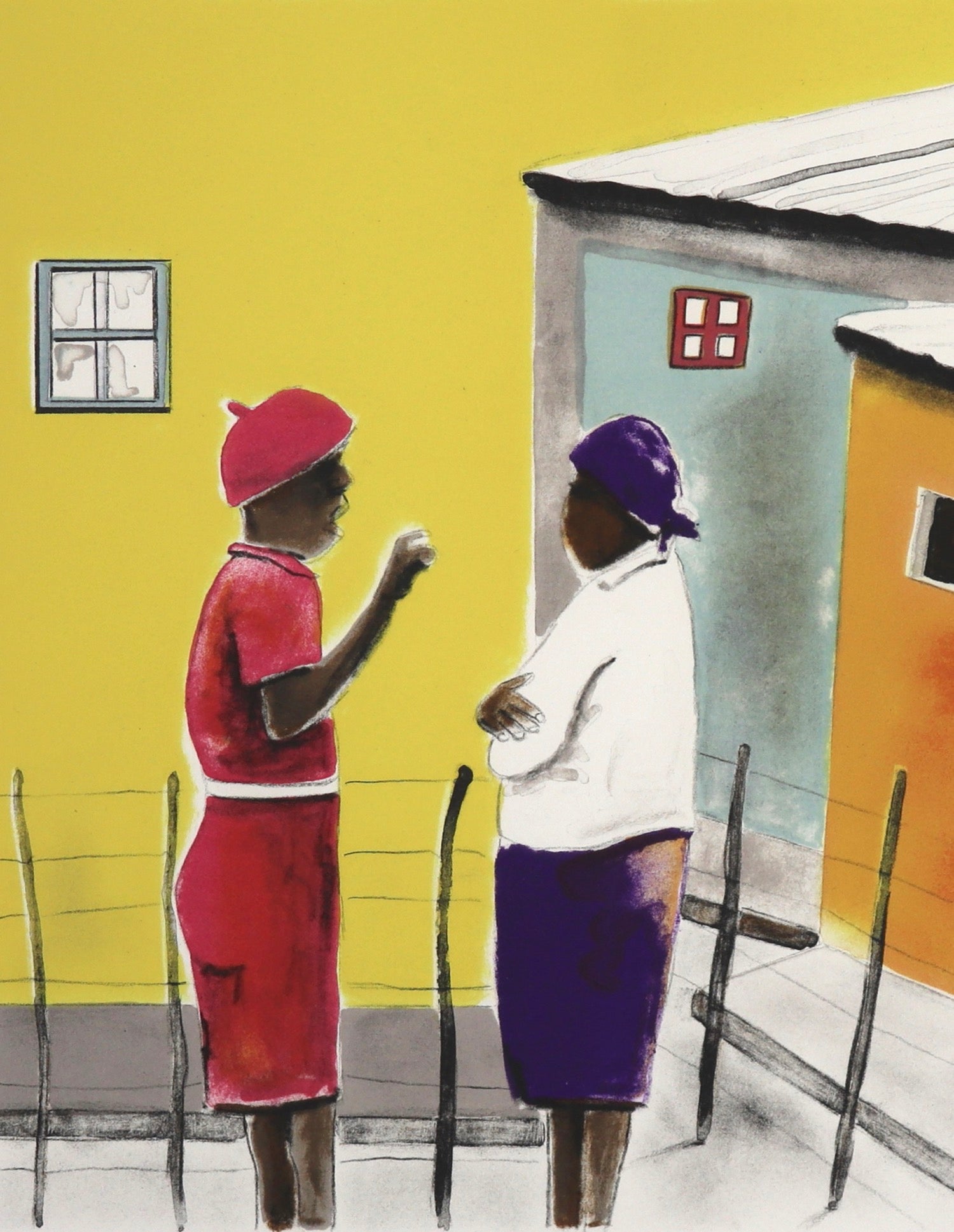
Sam Nhlengethwa
Sam Nhlengethwa is one of South Africa's foremost artists. Born in 1955,...
-
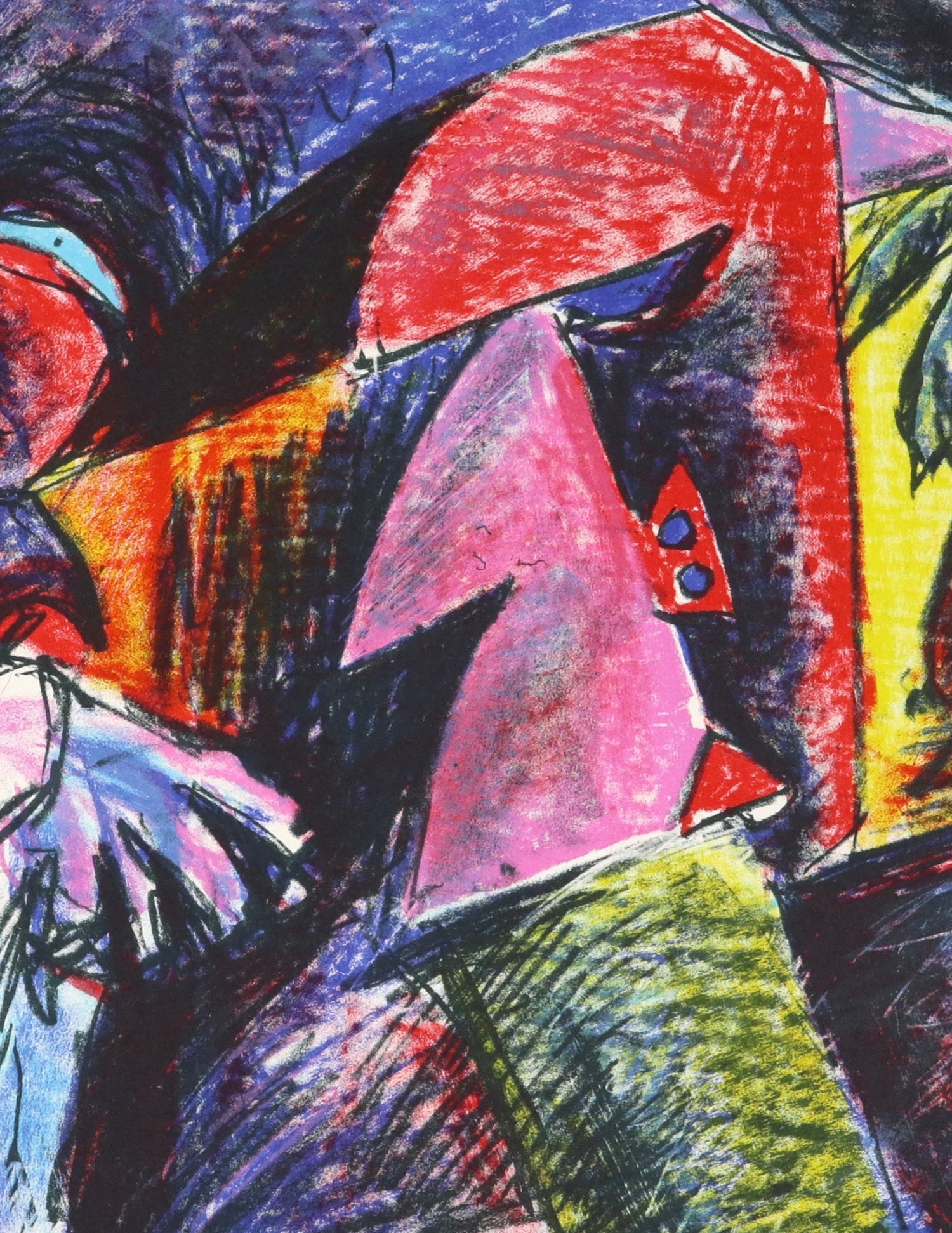
Tony Nkotsi
Tony Nkotsi was born in 1955 in the Western Township of Johannesburg....
-
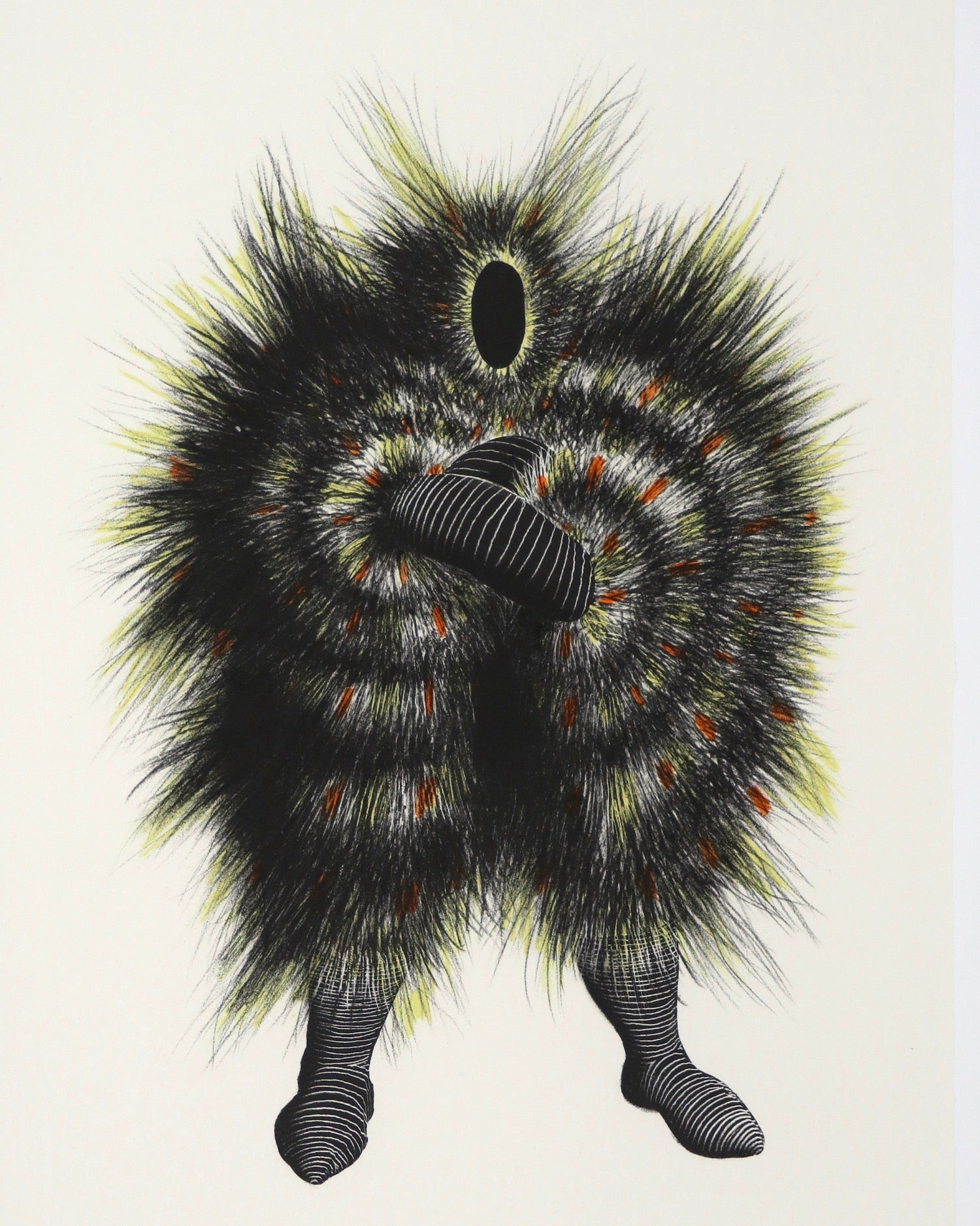
Walter Oltmann
Walter Oltmann is a quiet, gentle man. He has the calm of...
-
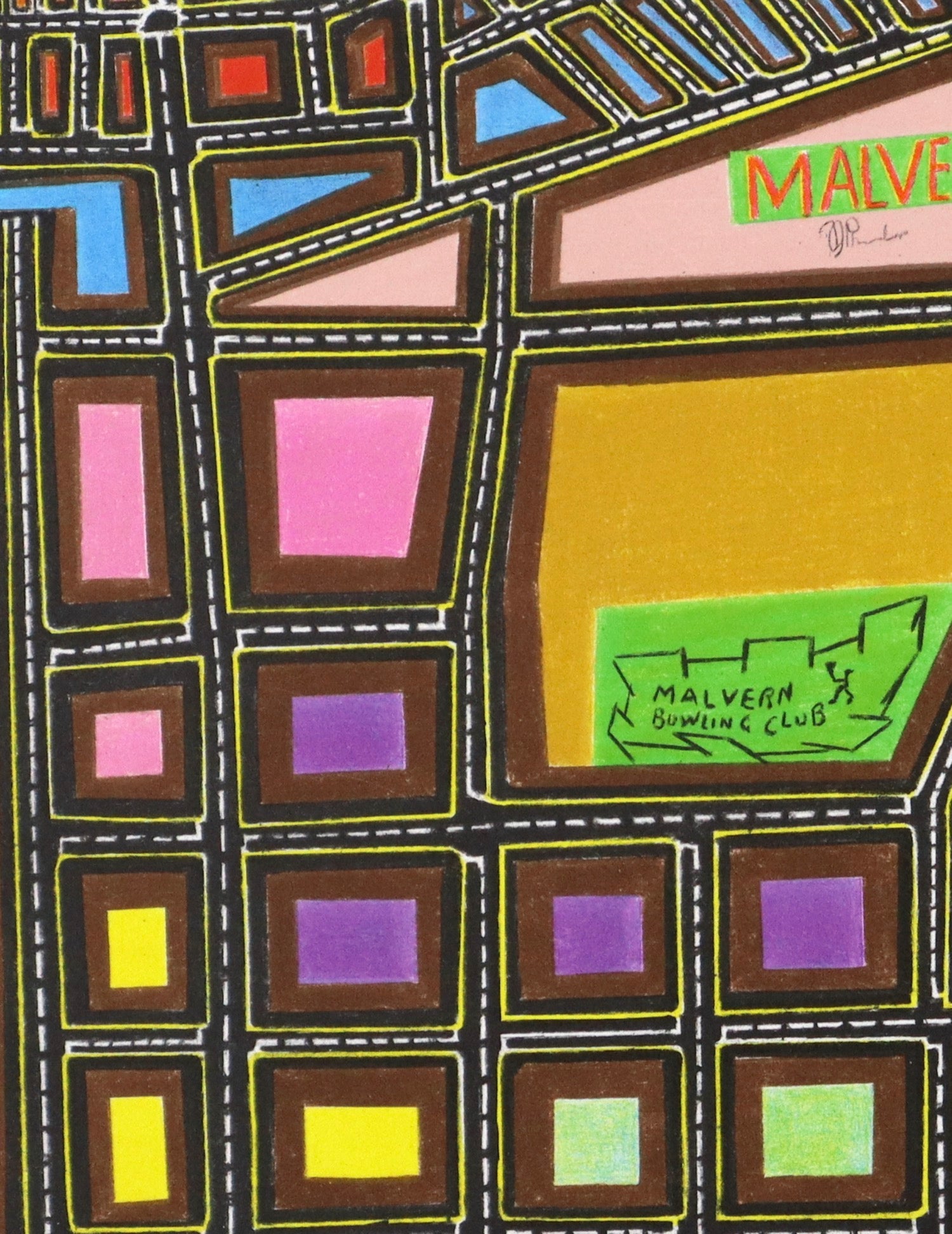
John Phalane
John Phalane is a self-taught artist who started to work in pencil...
-
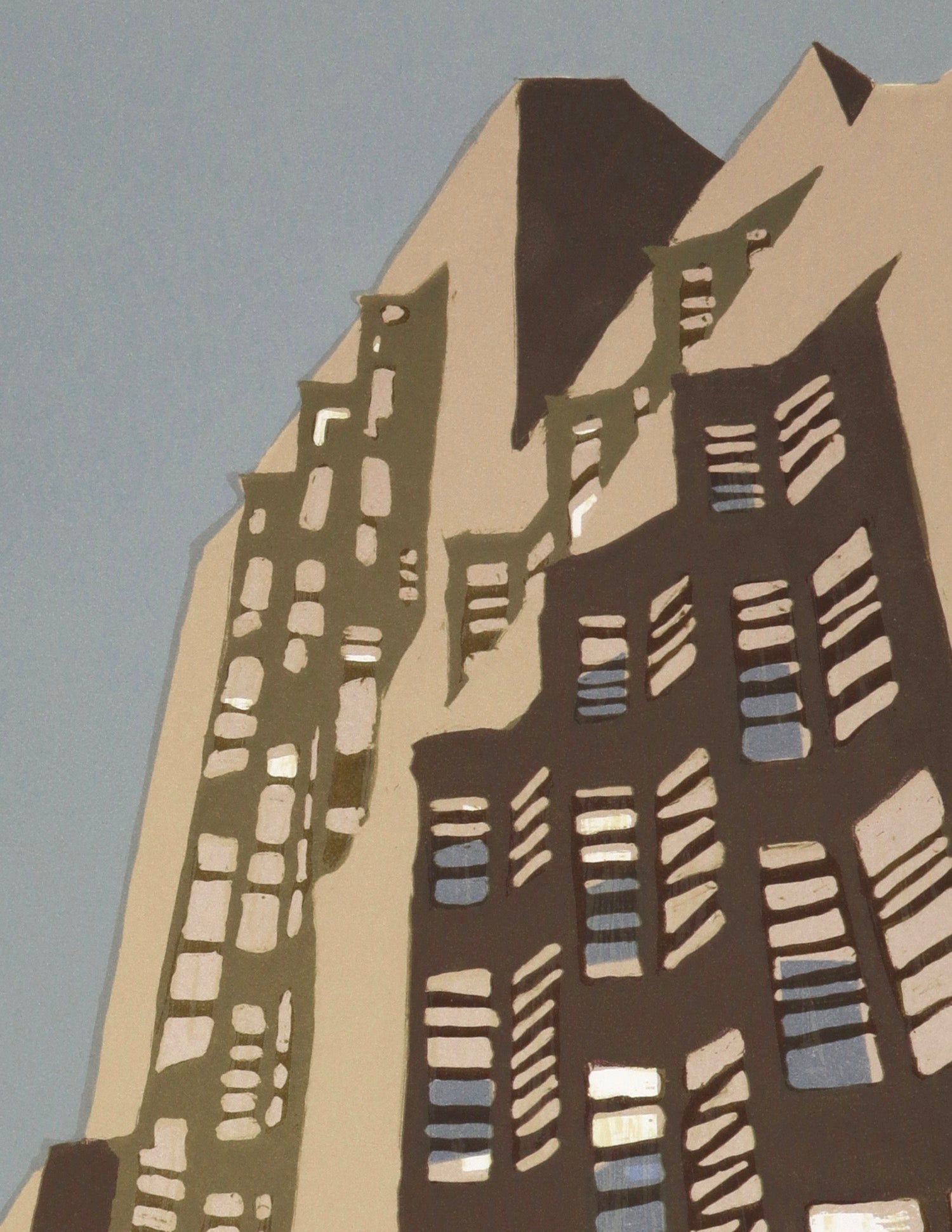
Fiona Pole
Fiona Pole was born in 1974. She graduated from Rhodes University, Grahamstown...
-
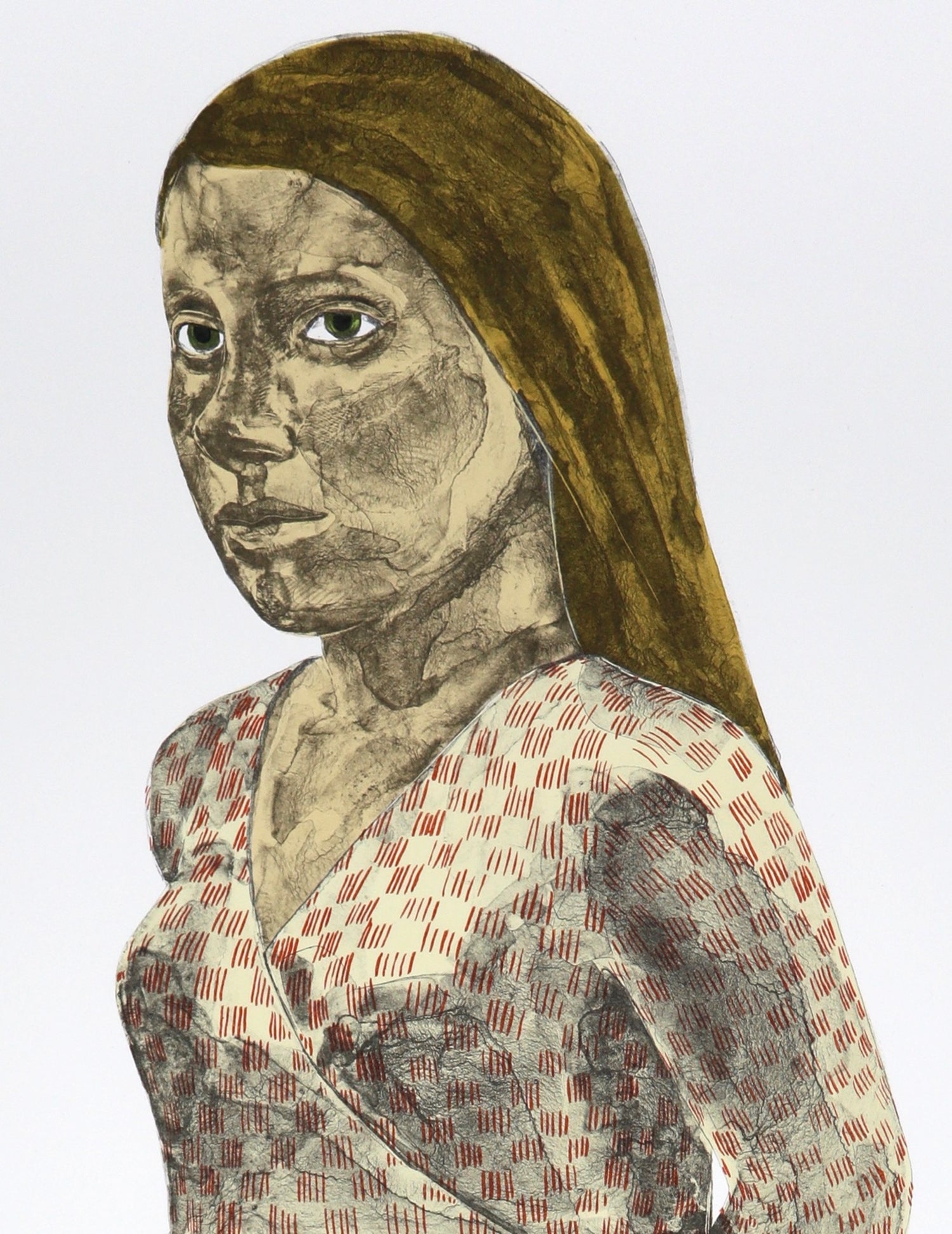
Claudette Schreuders
Claudette Schreuders creates carved and painted wooden figures that reflect the ambiguities...
-

Mmakgabo Helen Sebidi
Mmakgabo Helen Sebidi is the first artist that we work with to...
-
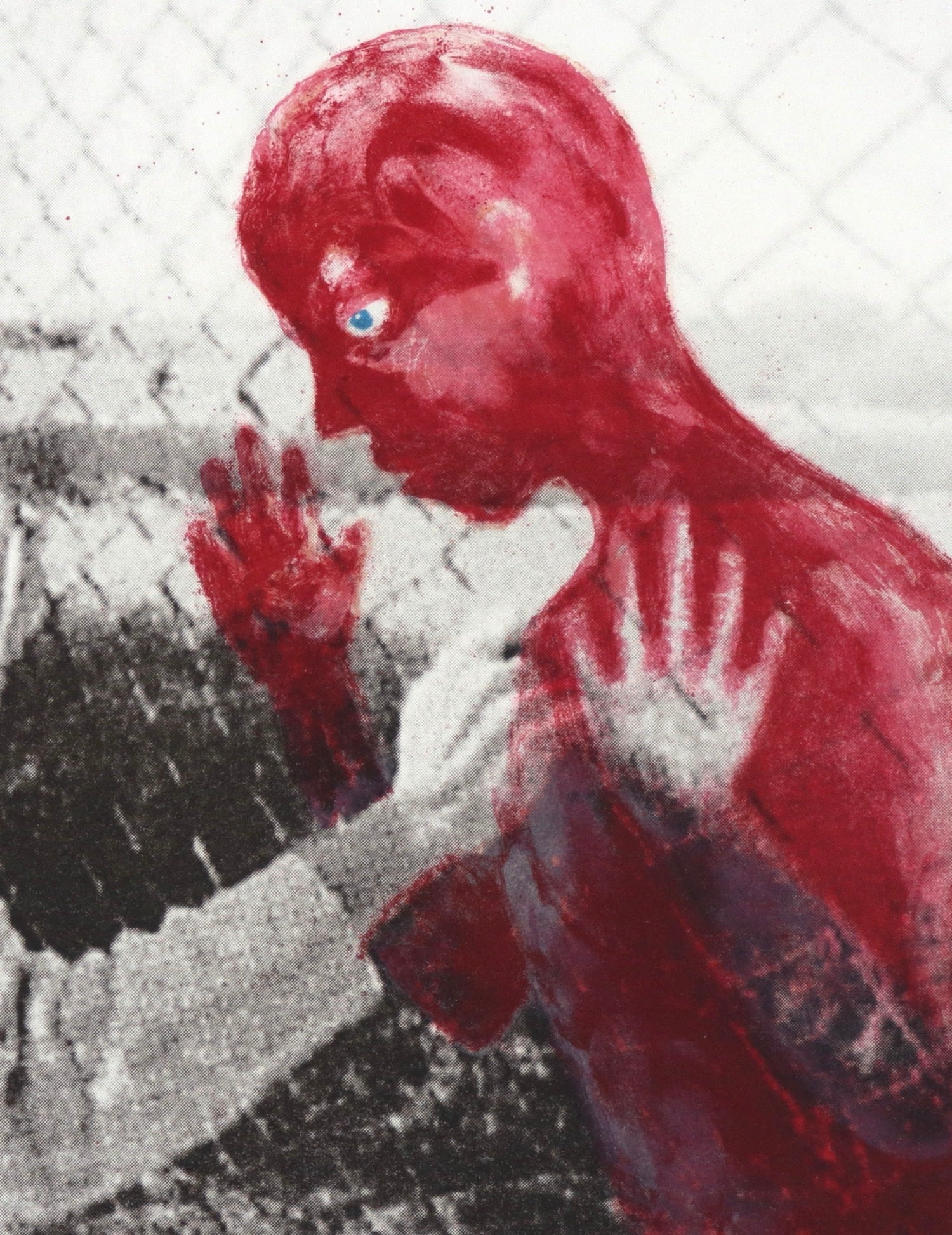
Penny Siopis
Penny Siopis was born in 1953 in the semi-desert town of Vryburg...
-
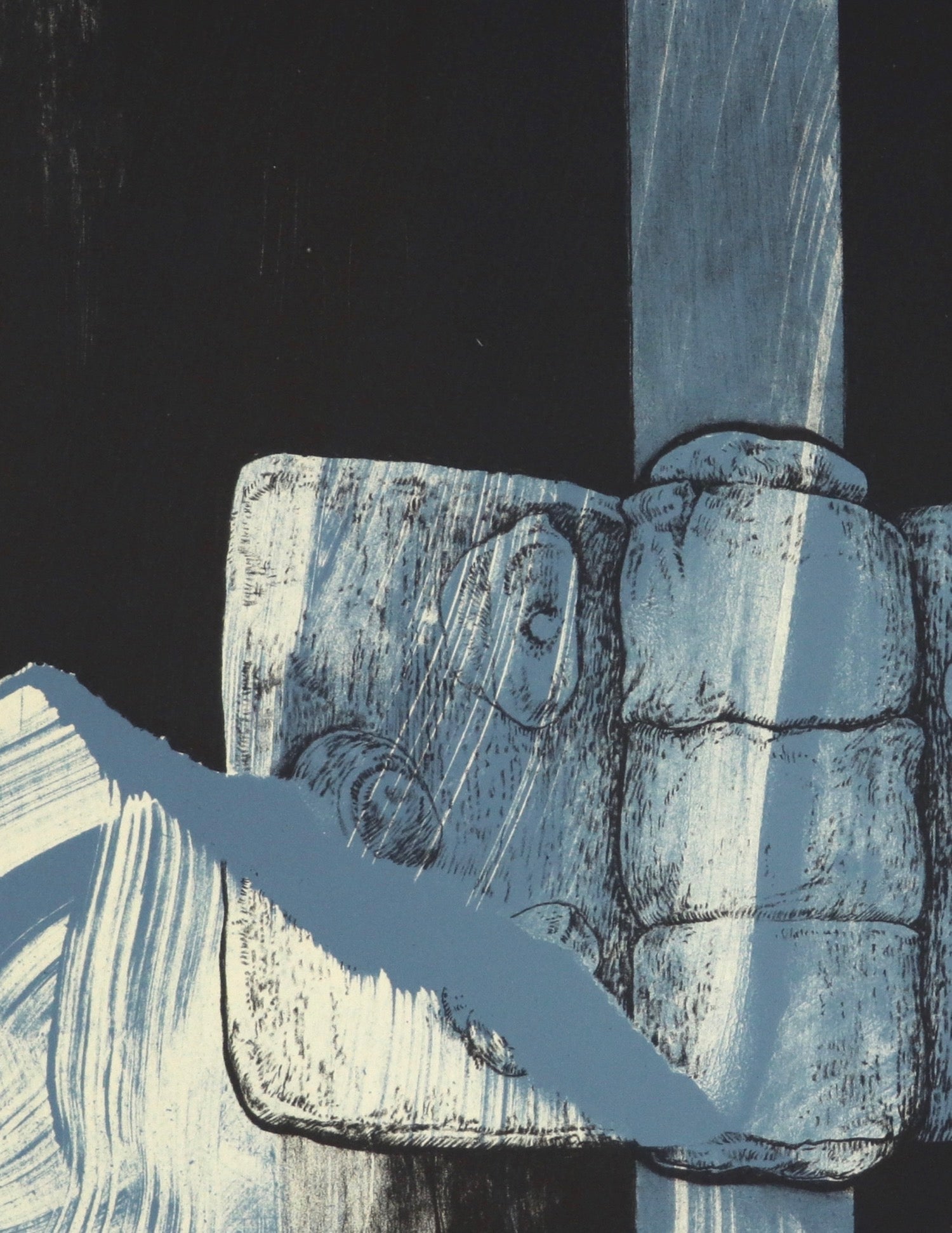
Paul Stopforth
Paul Stopforth is a painter and graphic artist who focusses on portraits...
-
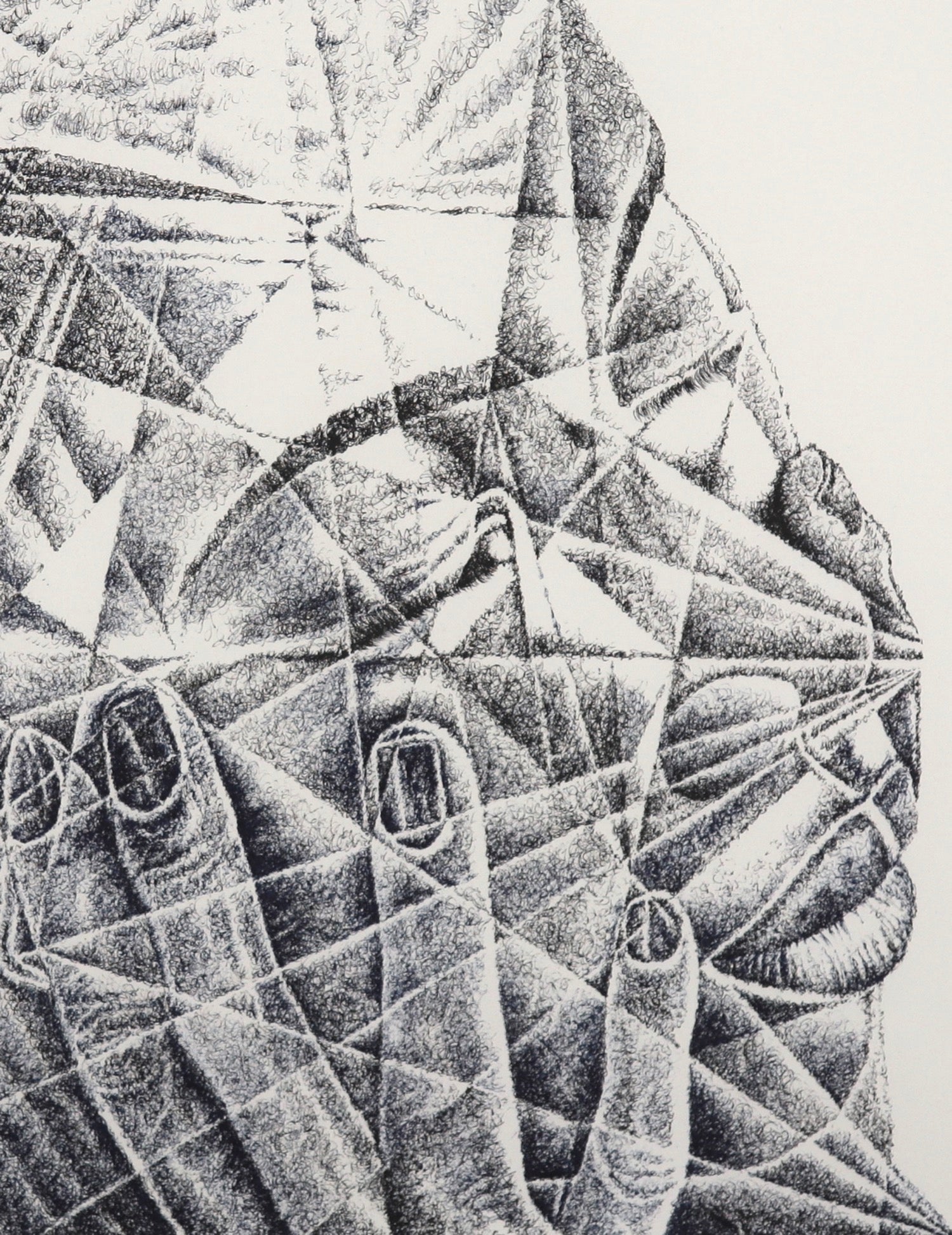
Winston Thekiso
Winston Mojalefa Thekiso is an artist based in Mbombela, Mpumalanga. He was...
-
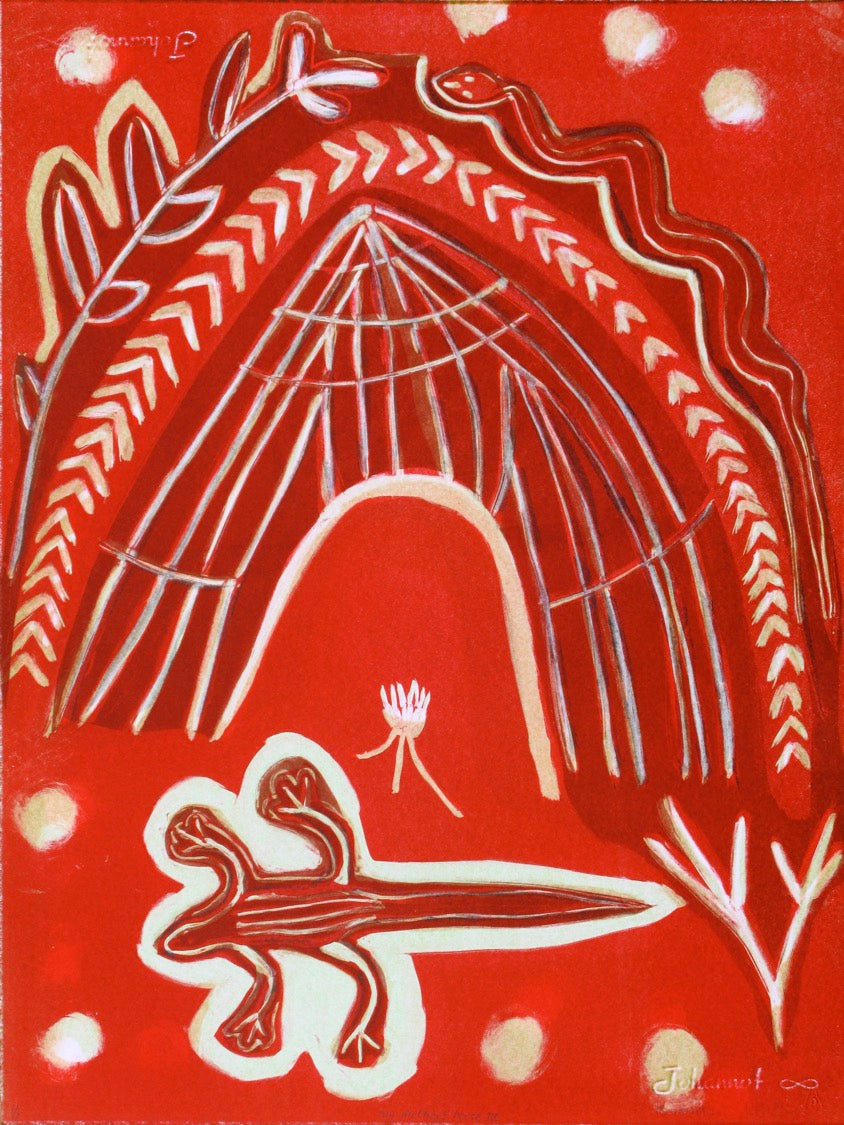
Kg'akg'am Tshabu
Kg’akg’am Tshabu was born in the town of Ghanzi, Botswana in the...
-

Xaga Tcuixgao
Xaga Tcuixgao is a quiet shy woman, who was born sometime in...
-

Strijdom van der Merwe
Strijdom van der Merwe grew up on a farm on the outskirts...
-
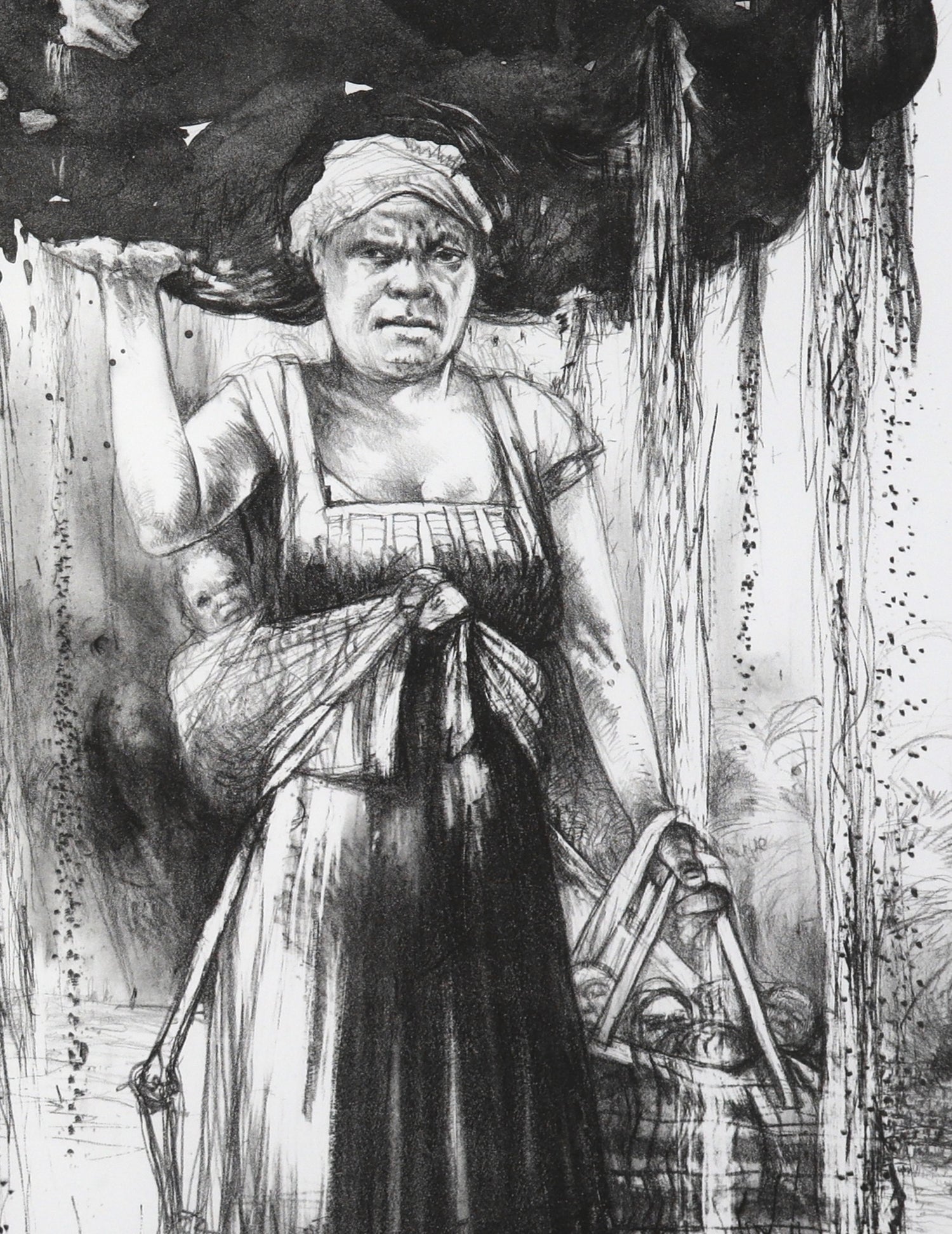
Diane Victor
Diane Victor first worked at The Artists' Press in March 2009. One...










